
There are some great old oak trees at Hollow Pond. Here’s one with a cave in its roots, just fit to crawl into. In my dreams. It was the last day of July and we were on a walk down memory lane. In the early 1980s Sue had an Acme house (Acme Housing Association helped artists find short-life living and studio space in what were essentially licensed squats) on Fillebrook Road in Leytonstone, now under the M11 link road.
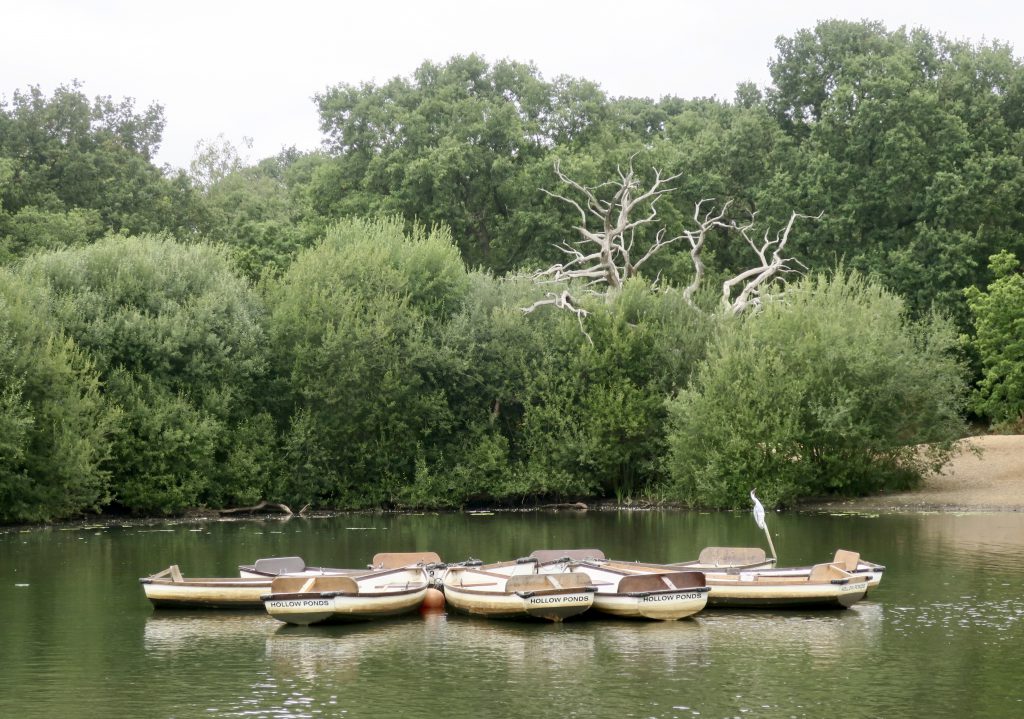
In those days we walked here often. One summer we explored a different forest walk every day for a week, and it was as if we’d been away on holiday.
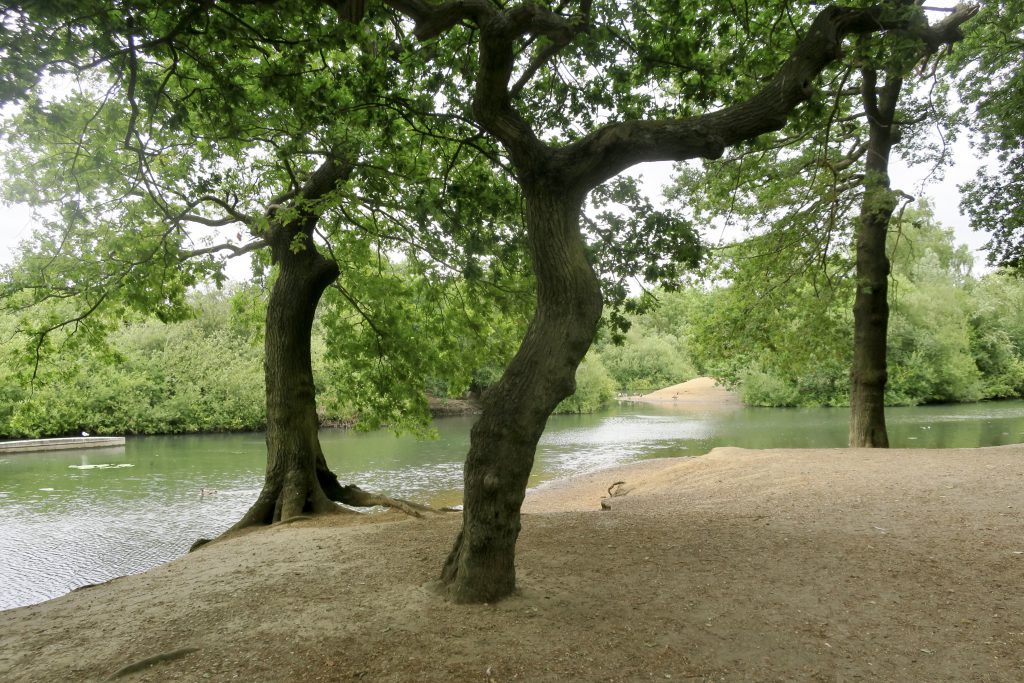
This time round it was surprising how fresh everything seemed, and how little we remembered! The beauty of the forest is so different every time.
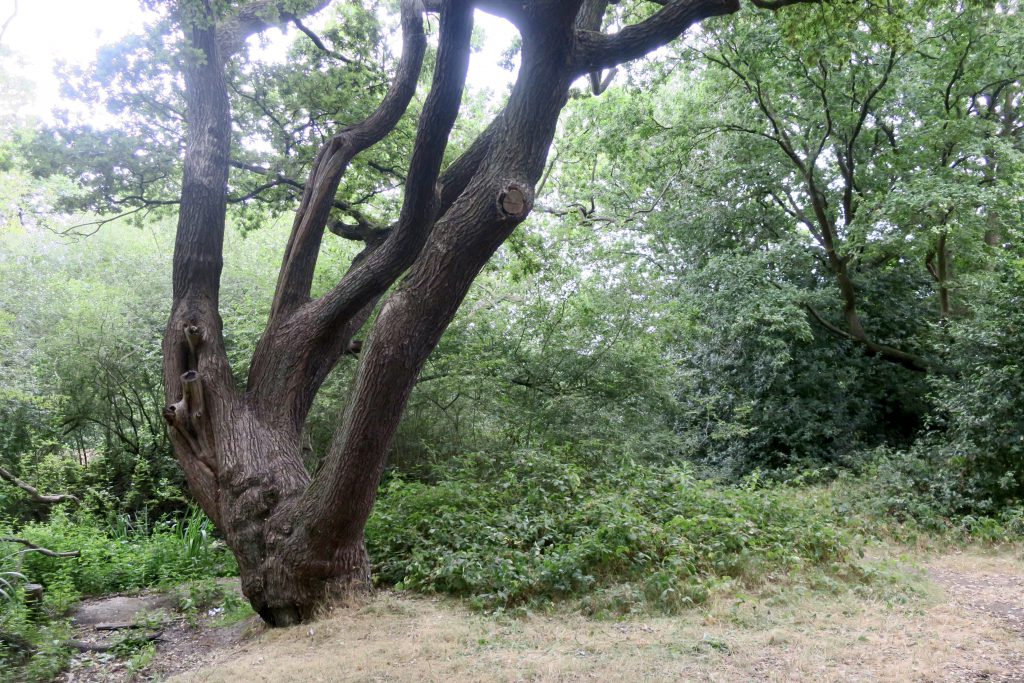
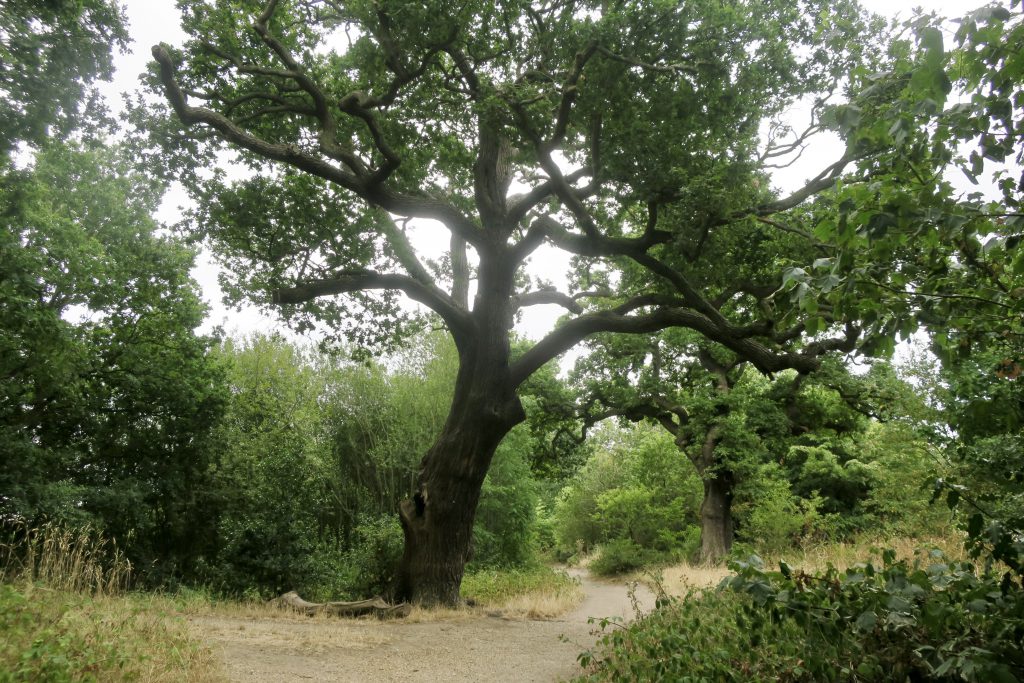
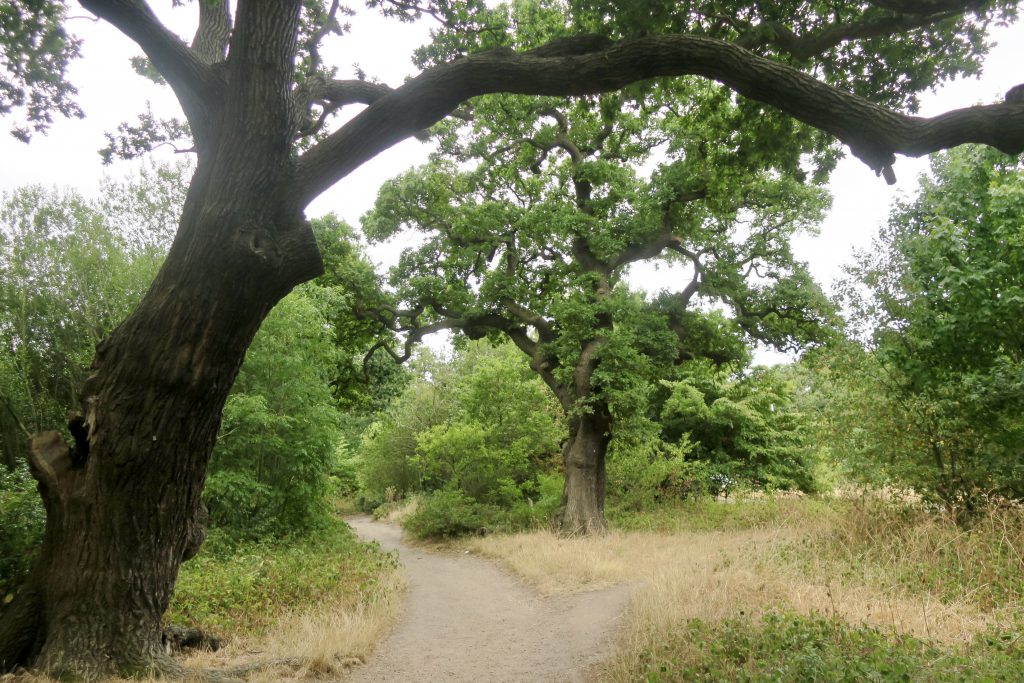
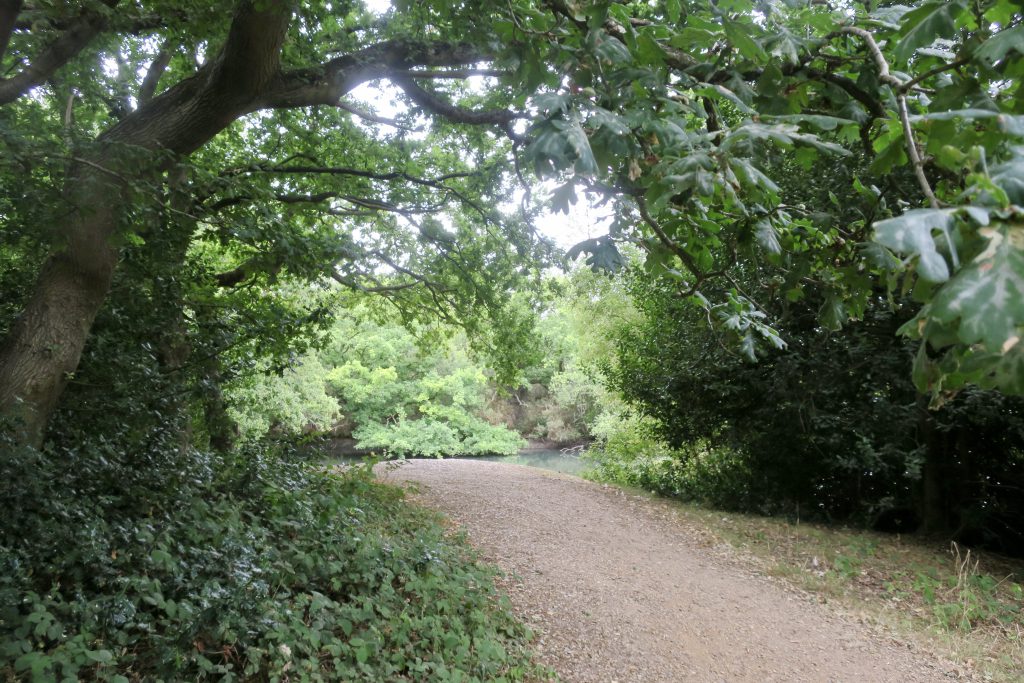
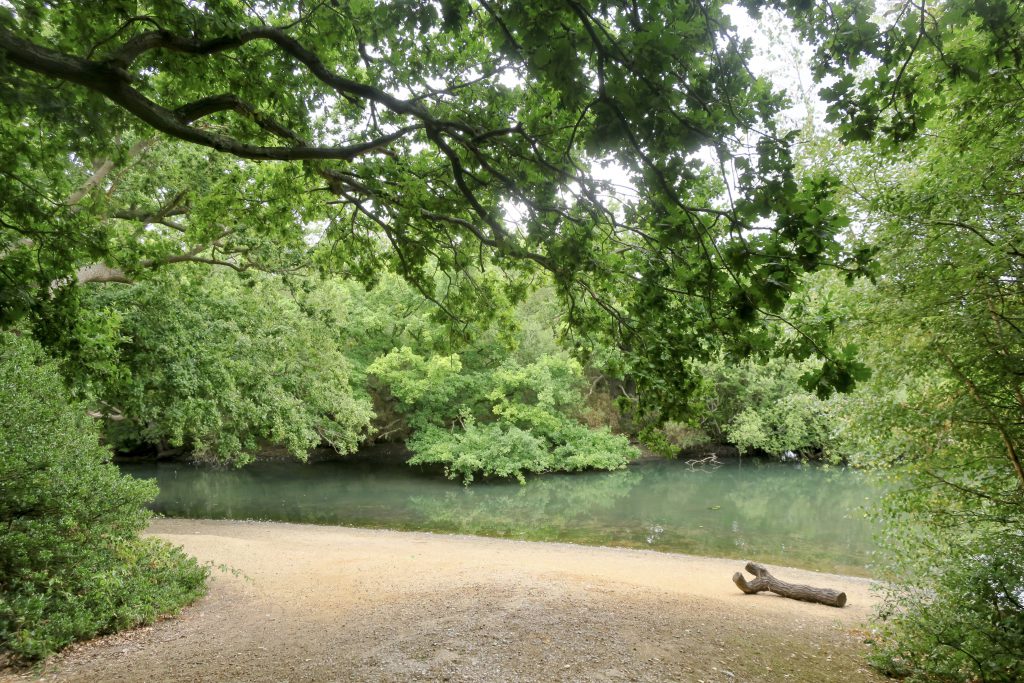
Someone had left a spanner on the beach.
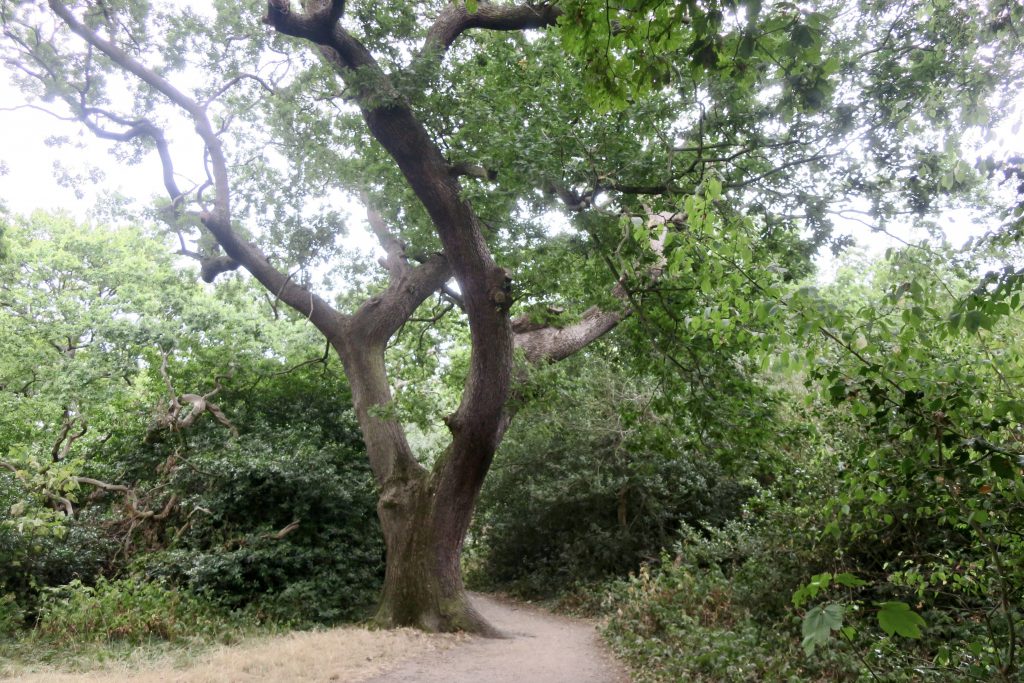
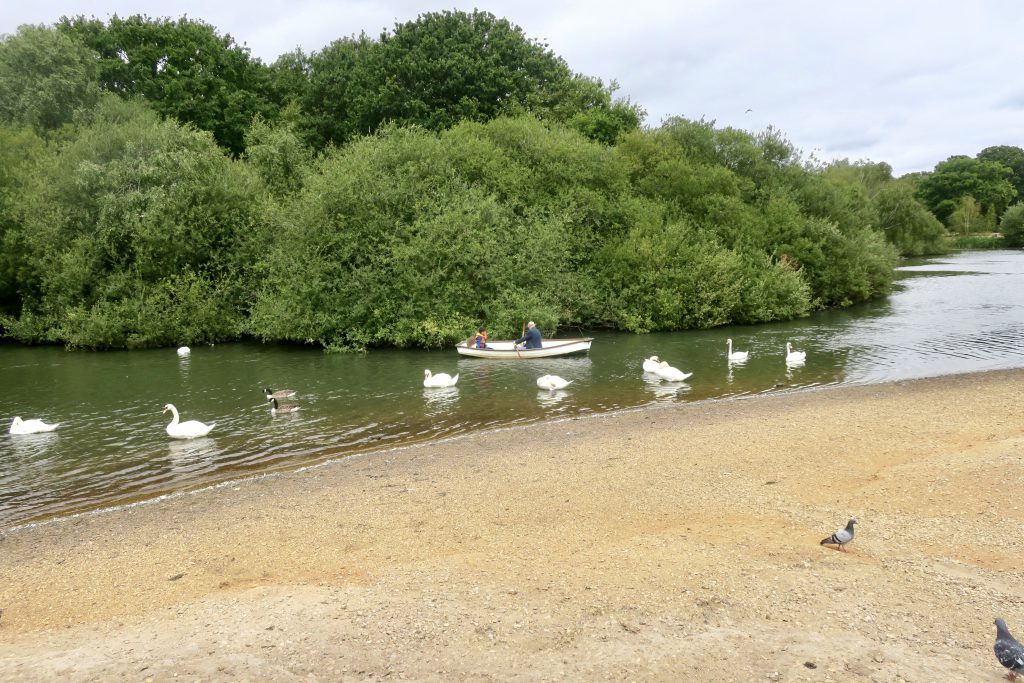
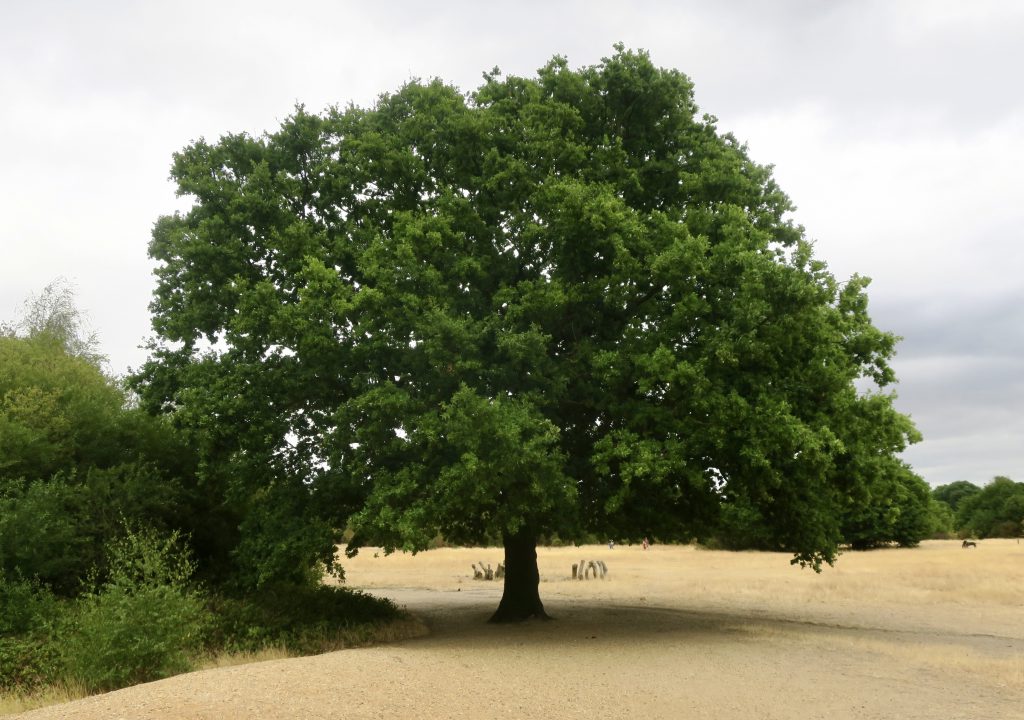
After months without rain the grass on Leyton Flats was as dry as a desert. This was the second of three unprecedented extreme summer heatwaves.
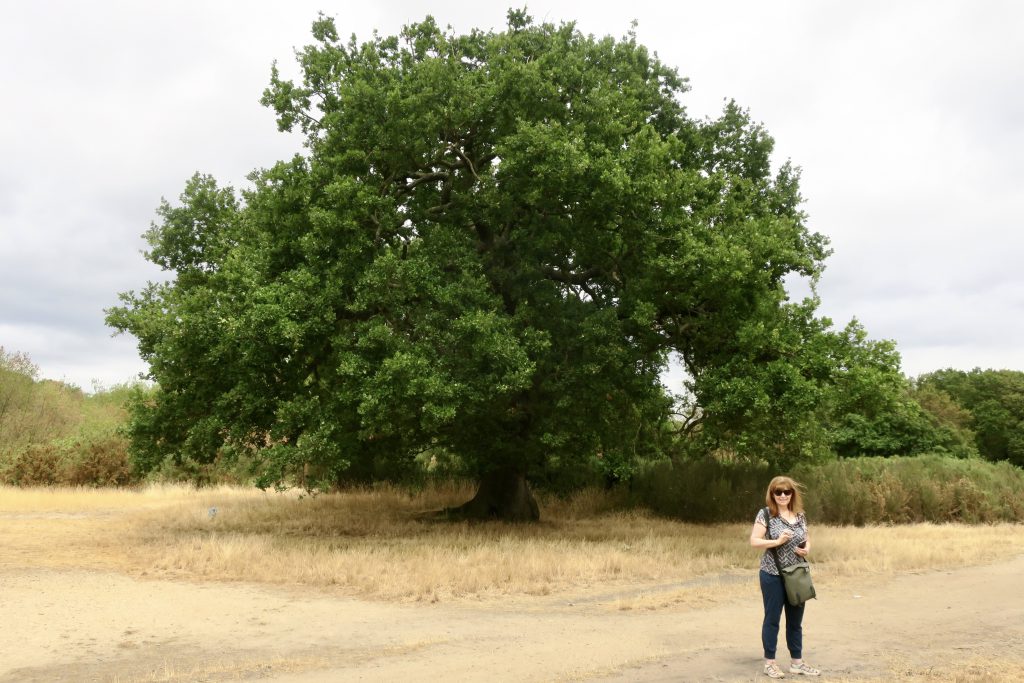
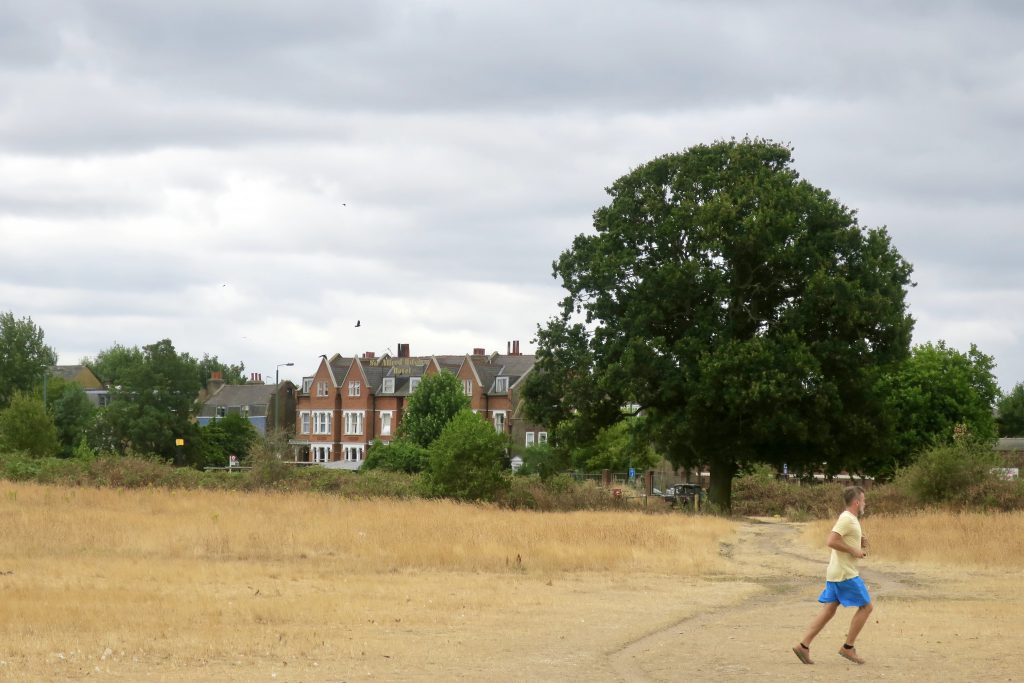
Behind us we could just make out the Sir Alfred Hitchcock Hotel.
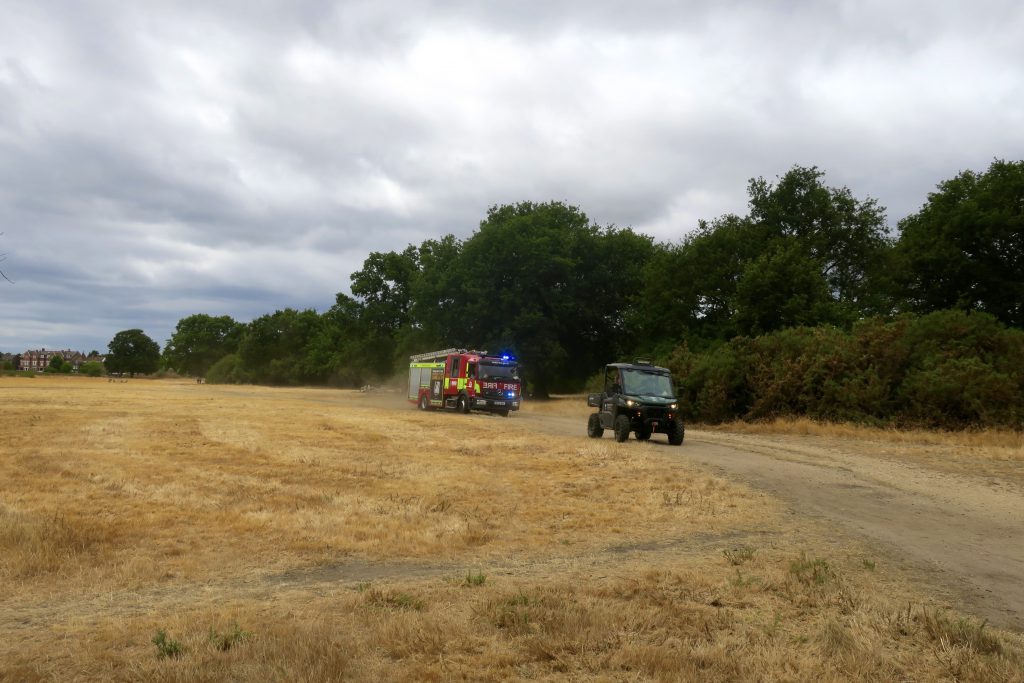
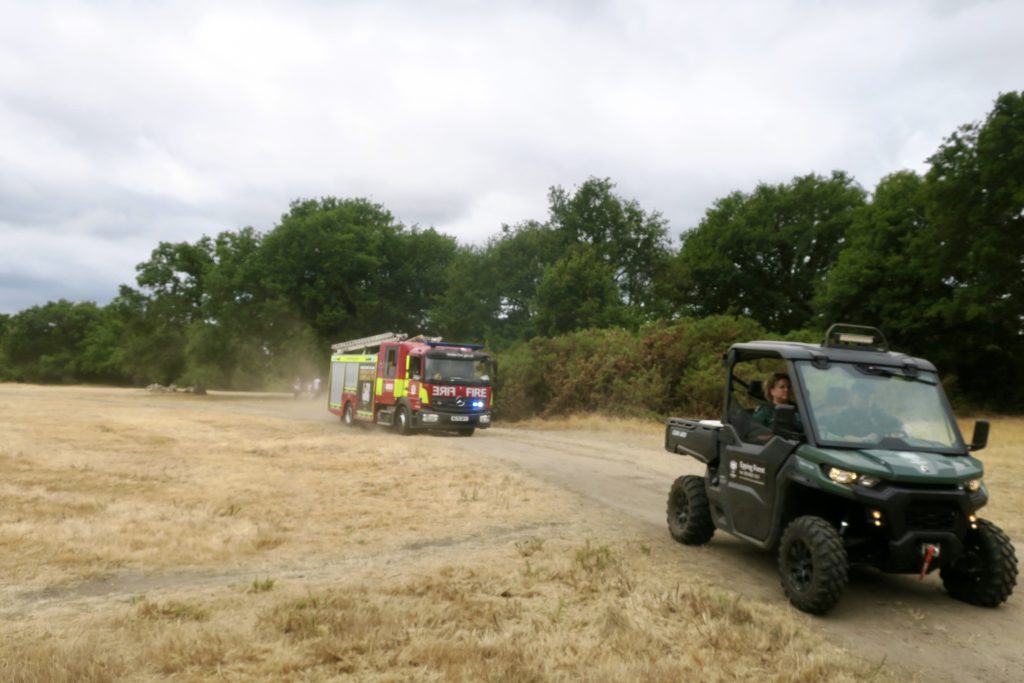
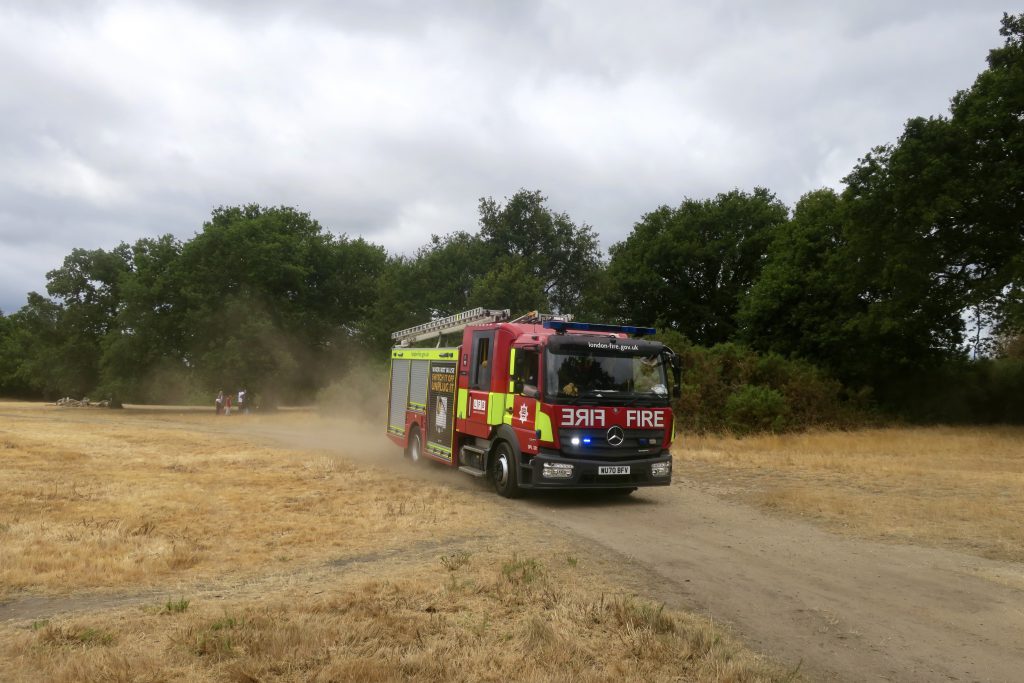
And as we watched, a fire engine approached from the Whipps Cross Road. But it was not an emergency, the Flats were not on fire, just dry and dusty and dangerously flammable. I think they were here on standby. Just waiting.
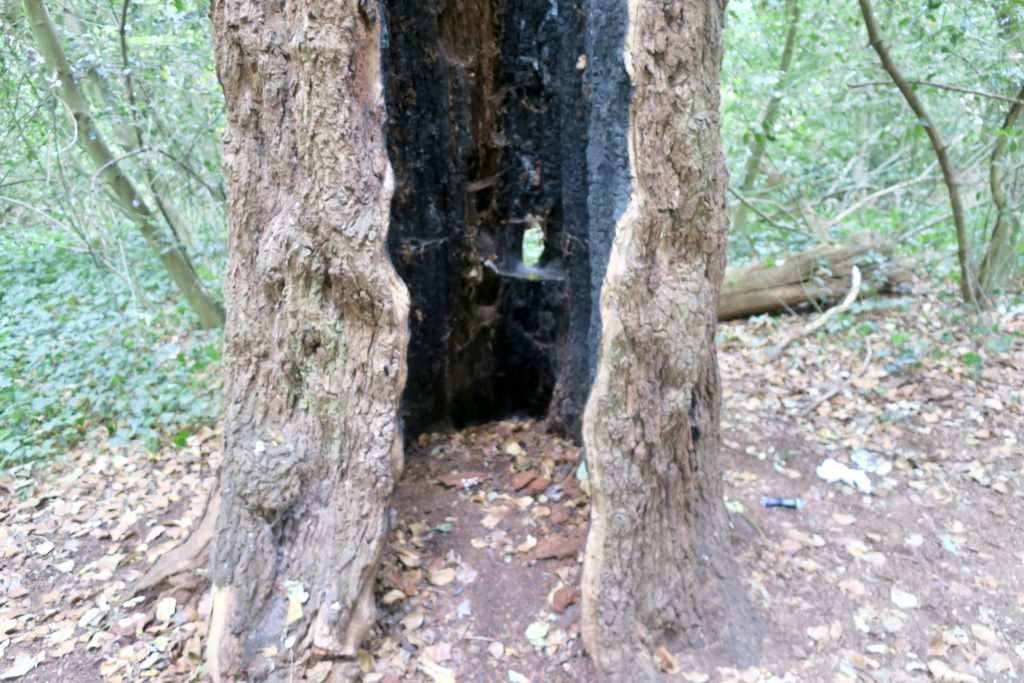
Maybe someone had reported a fire in a hollow tree.
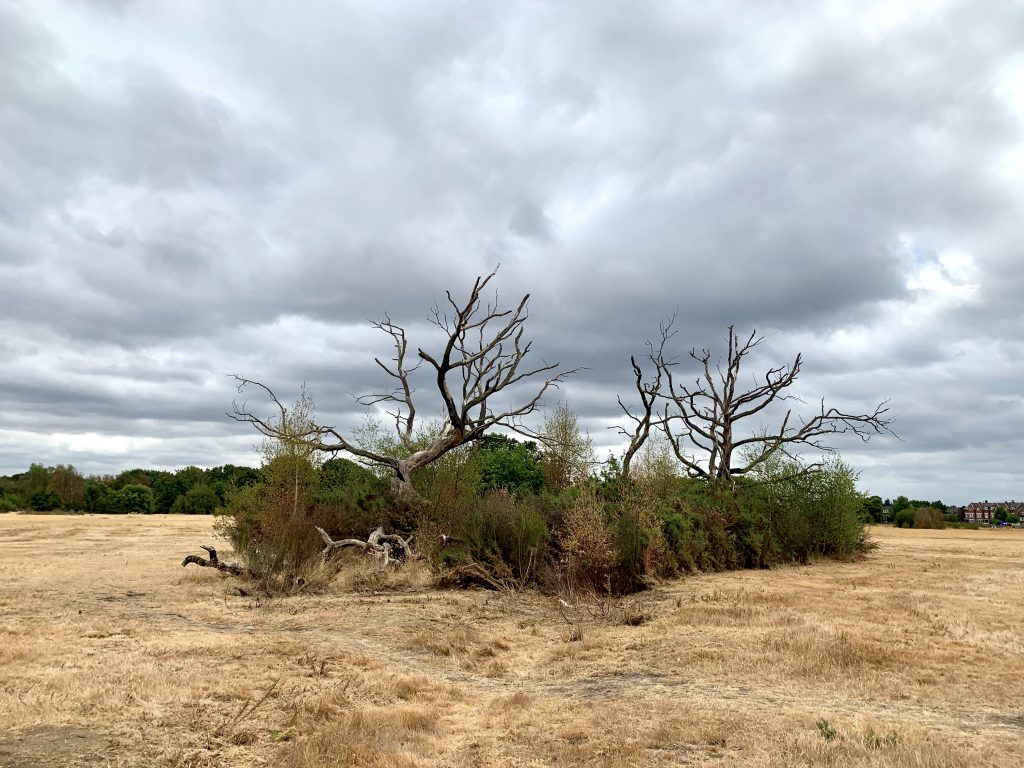
The sky was heavy and the air was still and close. We were under a blanket of cloud with no sign of rain. We were in suspense. It was a Hitchcock sky.
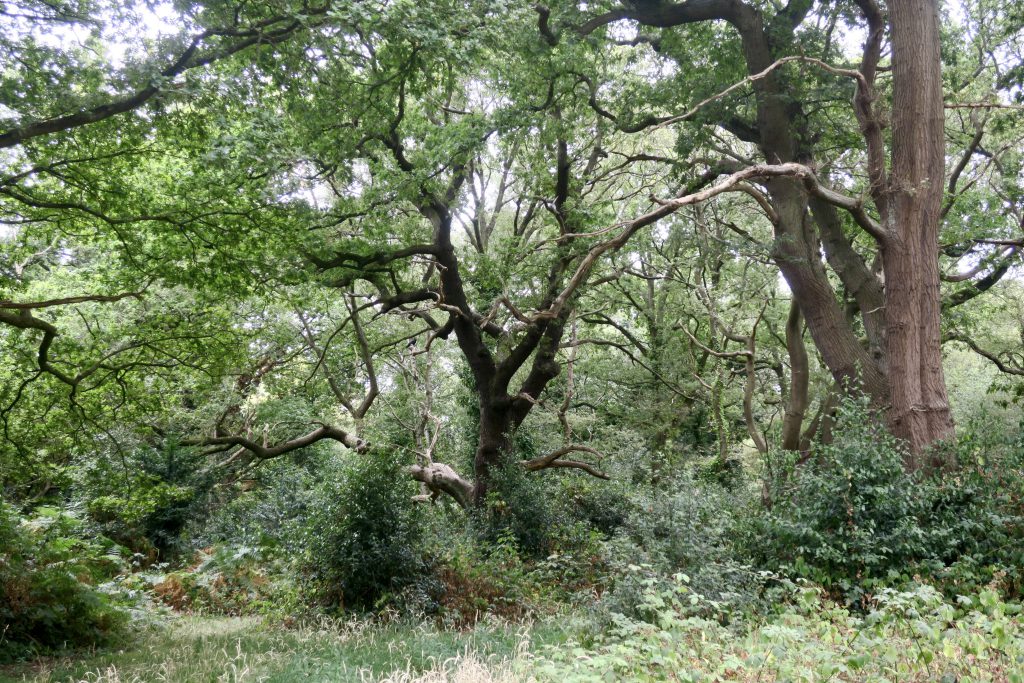
We changed channel, headed into the green, back into the woods, under cover of the trees, but we were way off track at Eagle Pond in Snaresbrook.
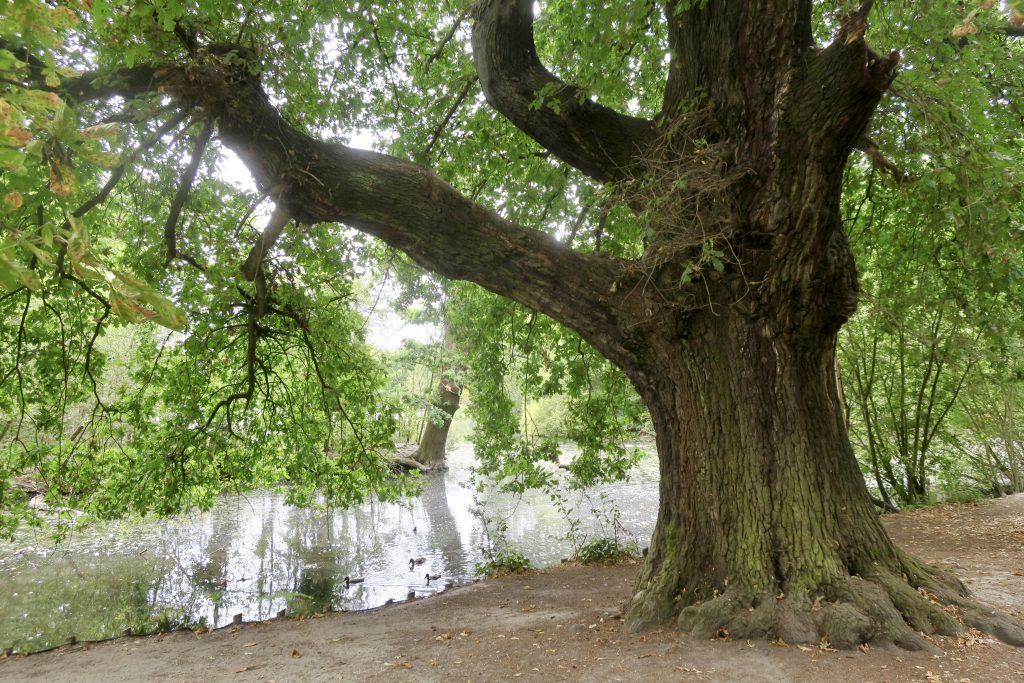
It’s always like this, one foot in front of the other, one photo in front of the other, one word in front of the other, but never sure it’s the right sequence, always possible to tell a different story. A walk is like dancing in your head.
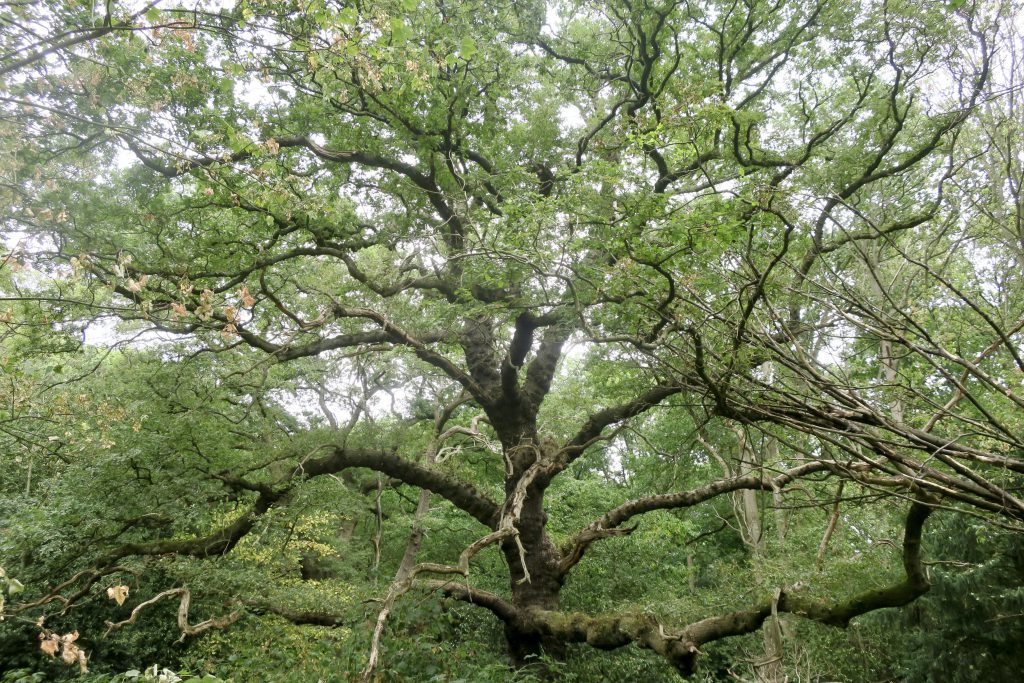
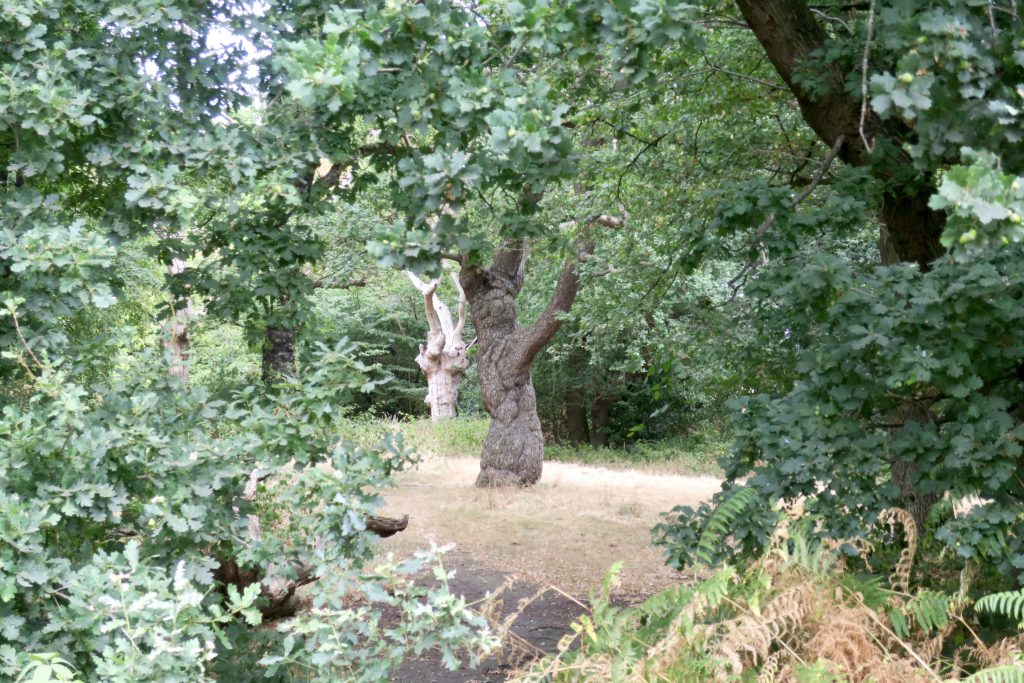
We crossed the road and dived back into the woods, heading for Gilberts Slade, a narrow strip of green that separates Upper Walthamstow to the west and South Woodford to the east. But they could be miles away. It’s so easy to be absorbed in the shelter of the trees, time here stands still.
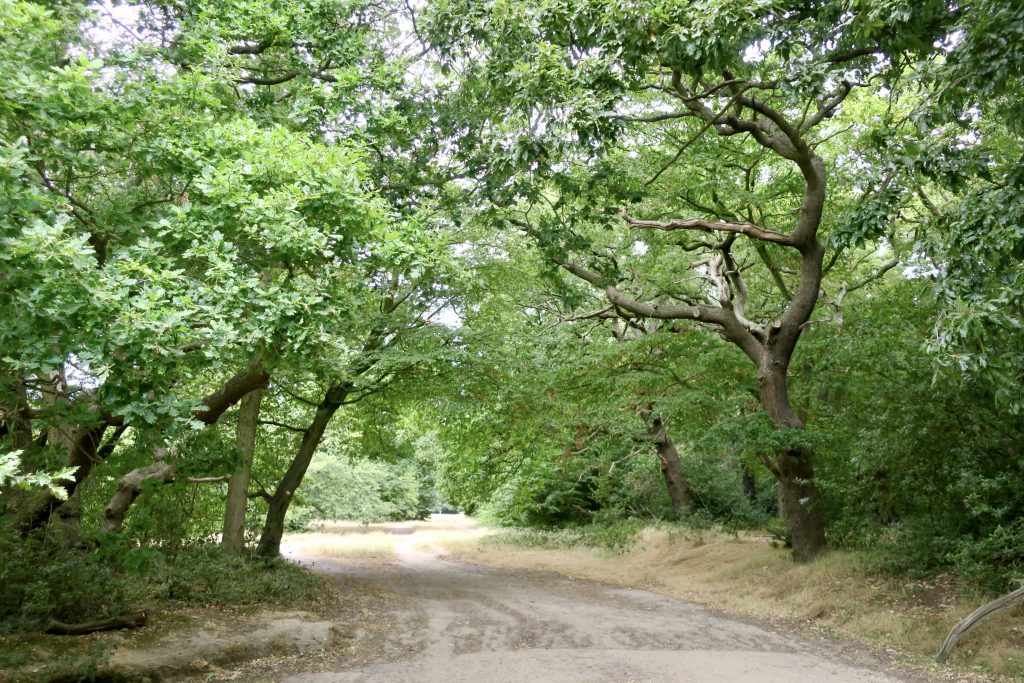

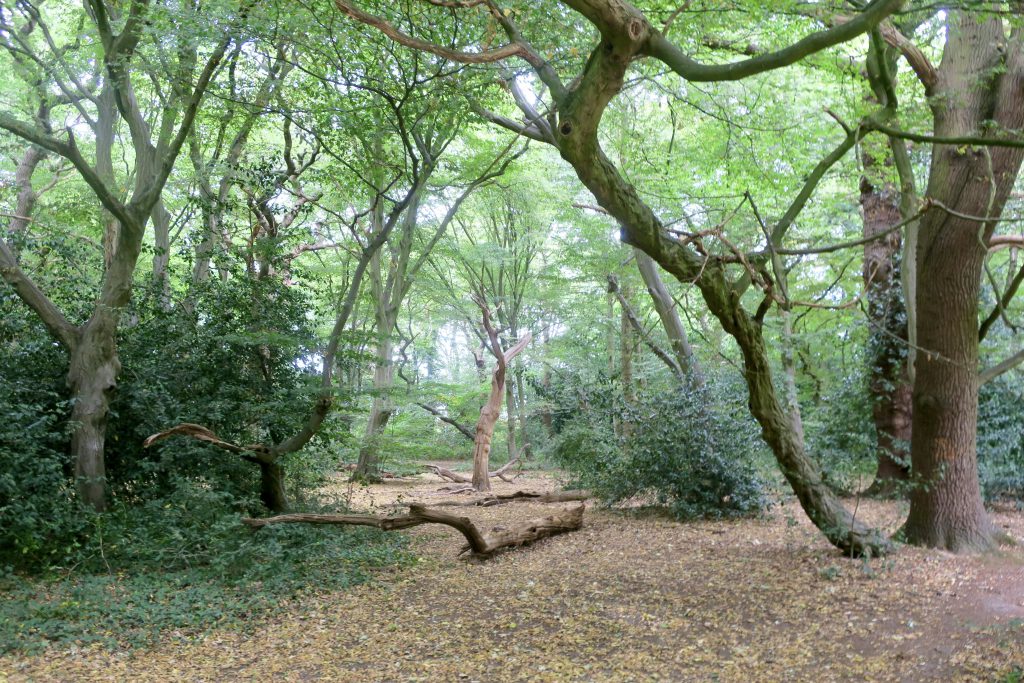
Then I remember this was our escape route, from city suburbs into deep forest. These trees tie time in knots. Look closely and they’re mnemonics.
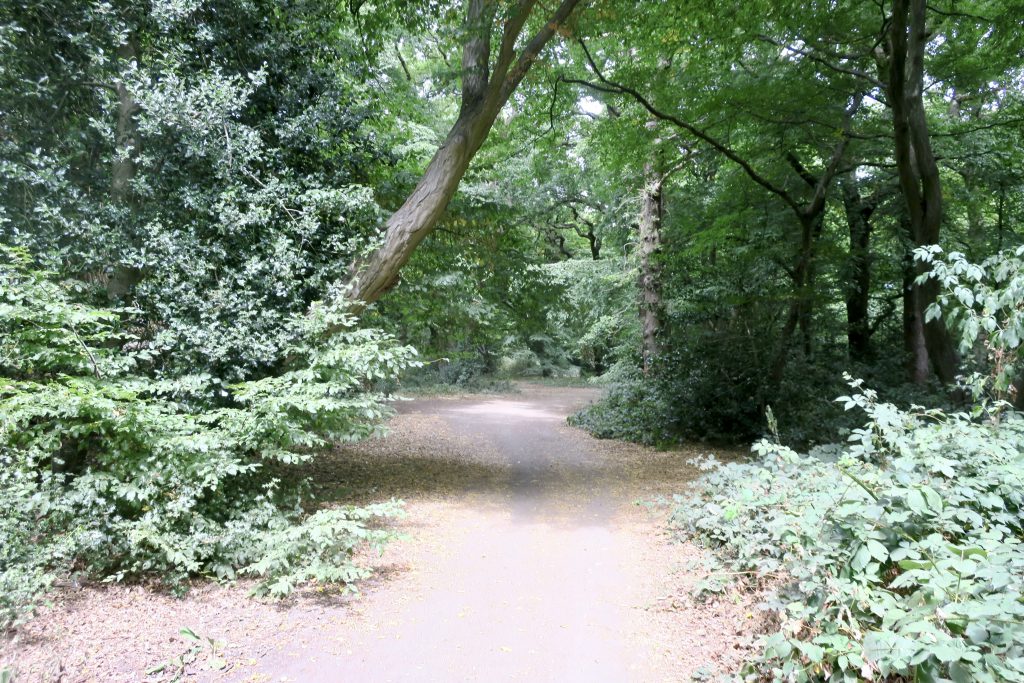
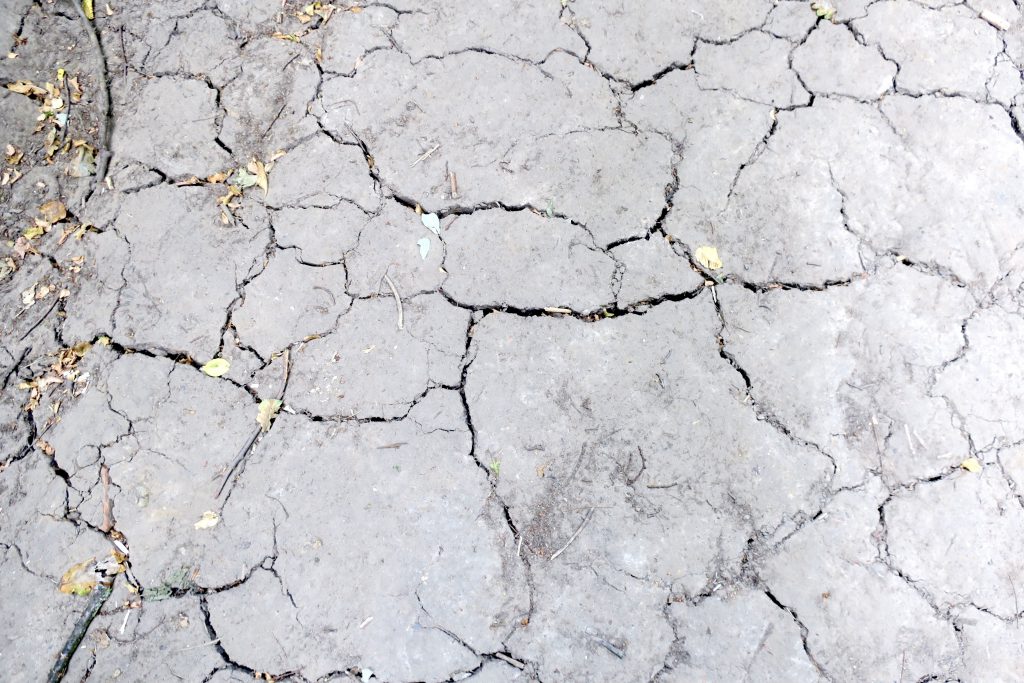
The ground is hard and dry and cracked. Every footstep finds a new map.
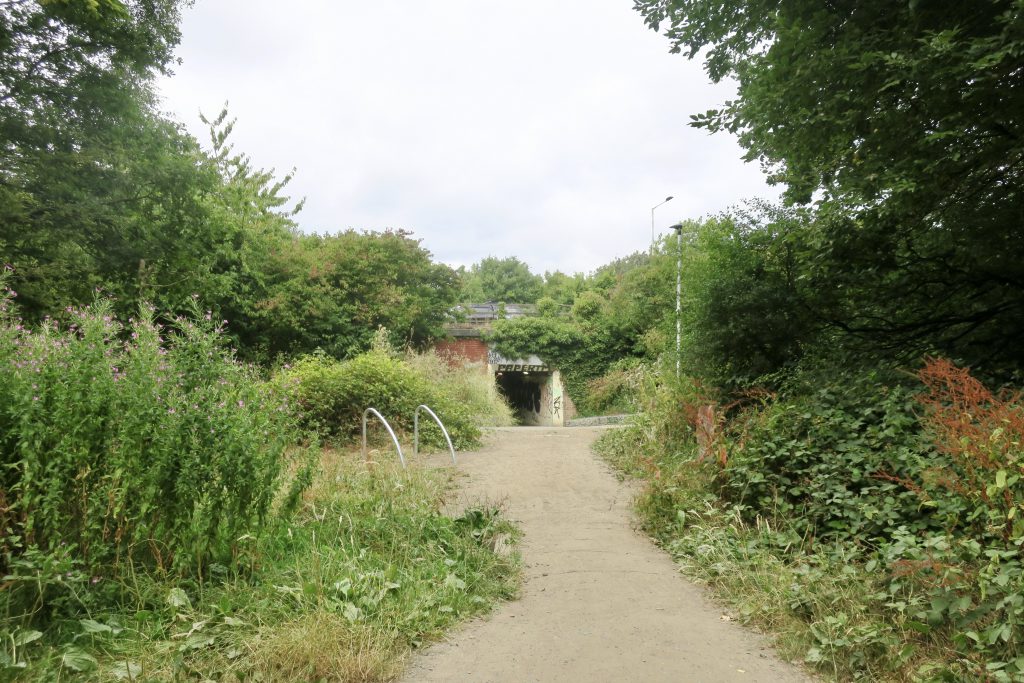
And suddenly the roads are real and there before us, the A104 and the A503 converge at Waterworks Corner with the A406 North Circular Road. It’s a whirling hub I’ve often spun around, always forgetting how intrusive I am to the forest, passing through on my way to the M11 for somewhere else.
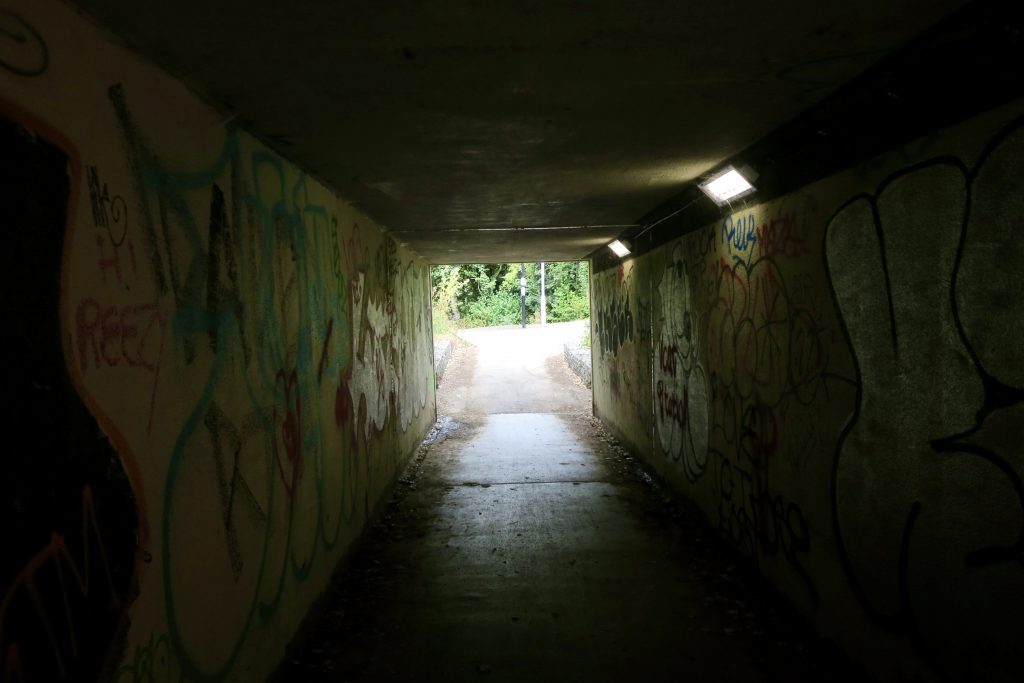
Down here it’s a scar, a loud concrete underpass, noisily overgrown with tags and graffiti. Reclaimed by outsiders and dissidents and forest creepers.
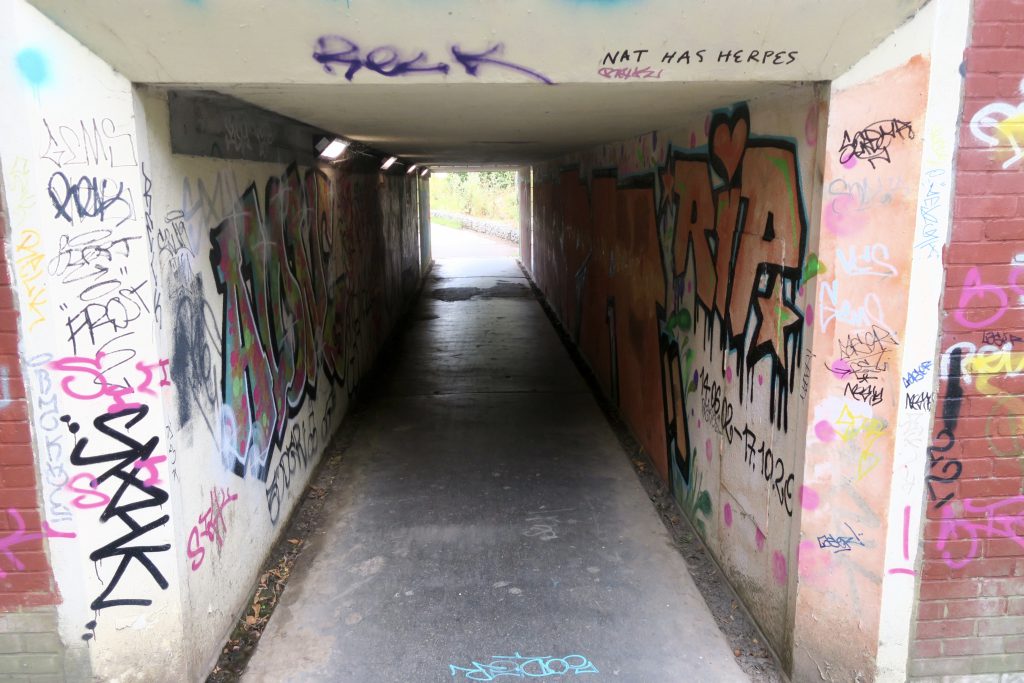
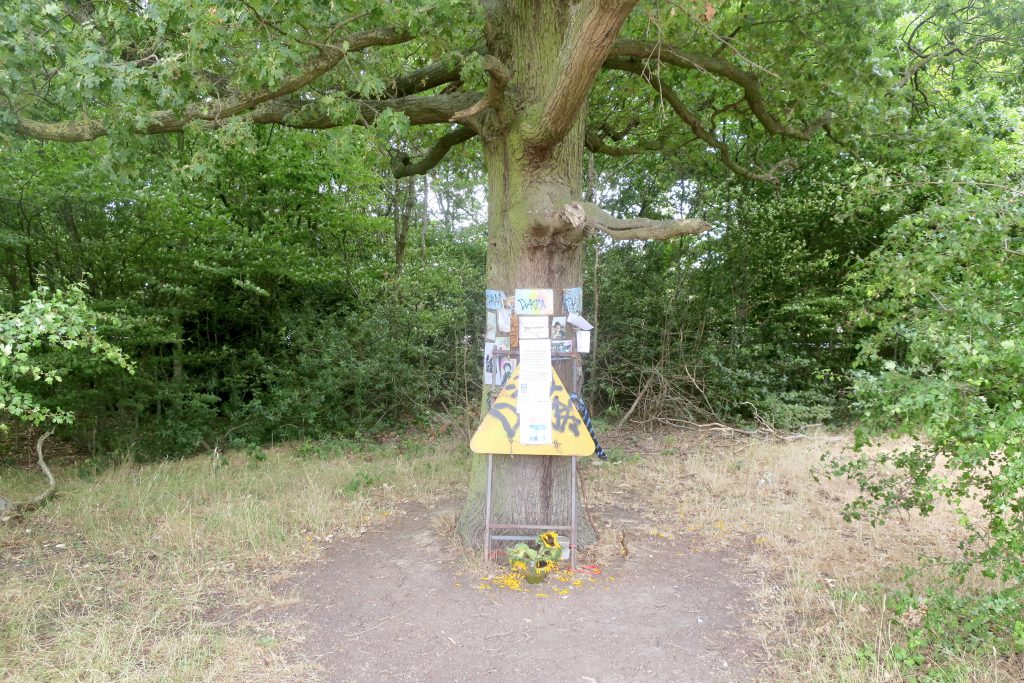
A wayside shrine.
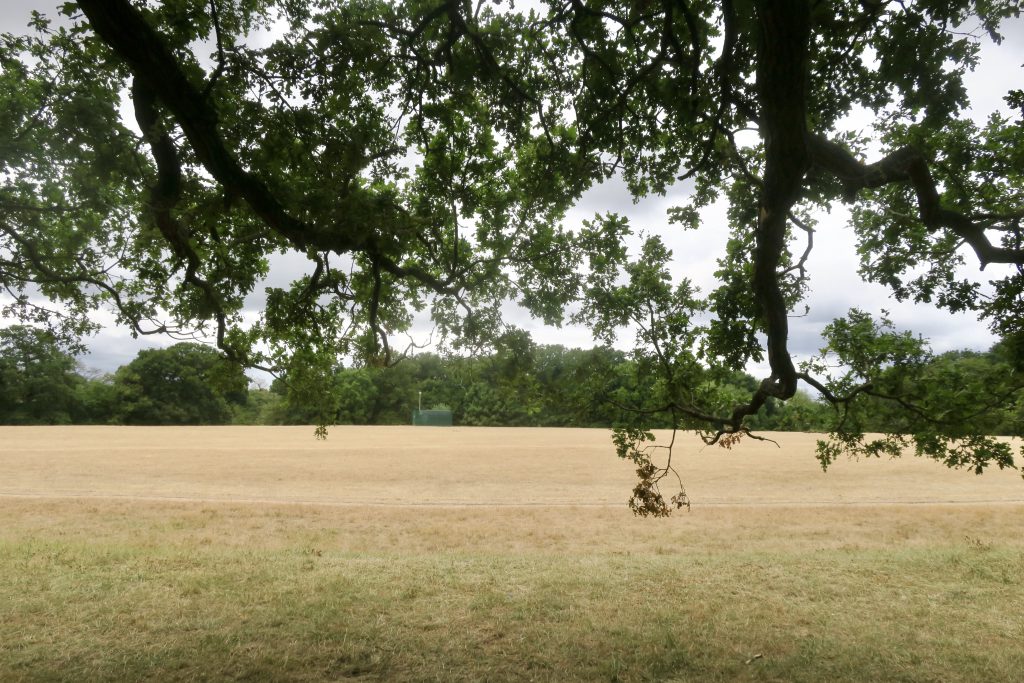
We skirt the covered reservoir, aka the Doughnut,

to find the footbridge over the North Circular Road.
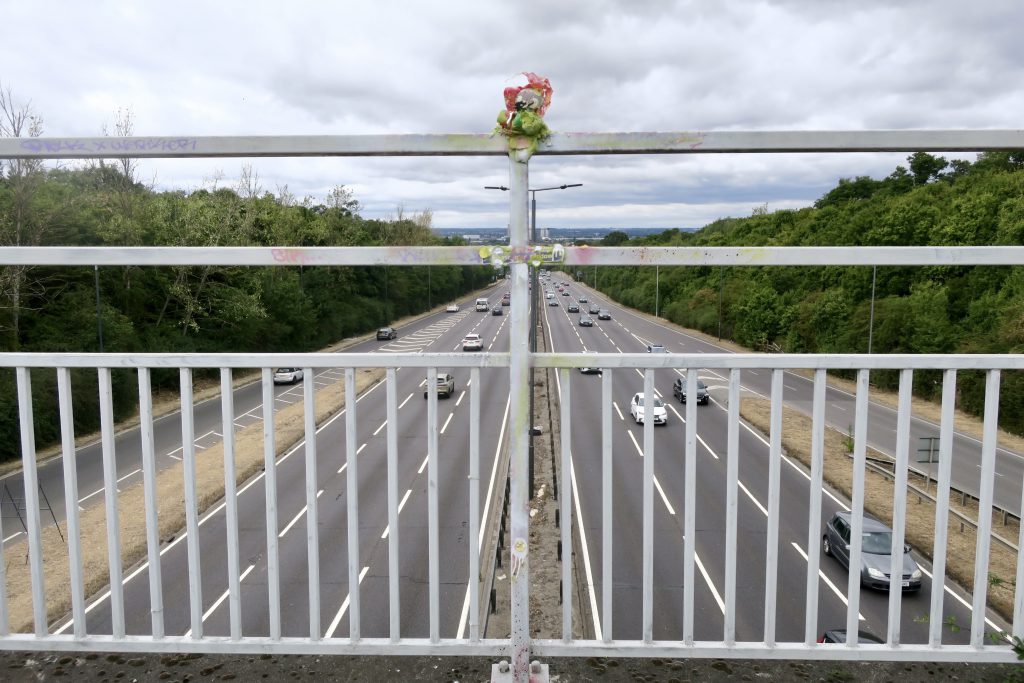
There’s a small gooey sculpture on the railings above the central reservation, chewed and regurgitated and stuck like a gall, a talisman to watch over the motorway below. It’s the kind of magic you don’t notice as you drive by. Outsider art to calm insider traffic. Atomised and gone.
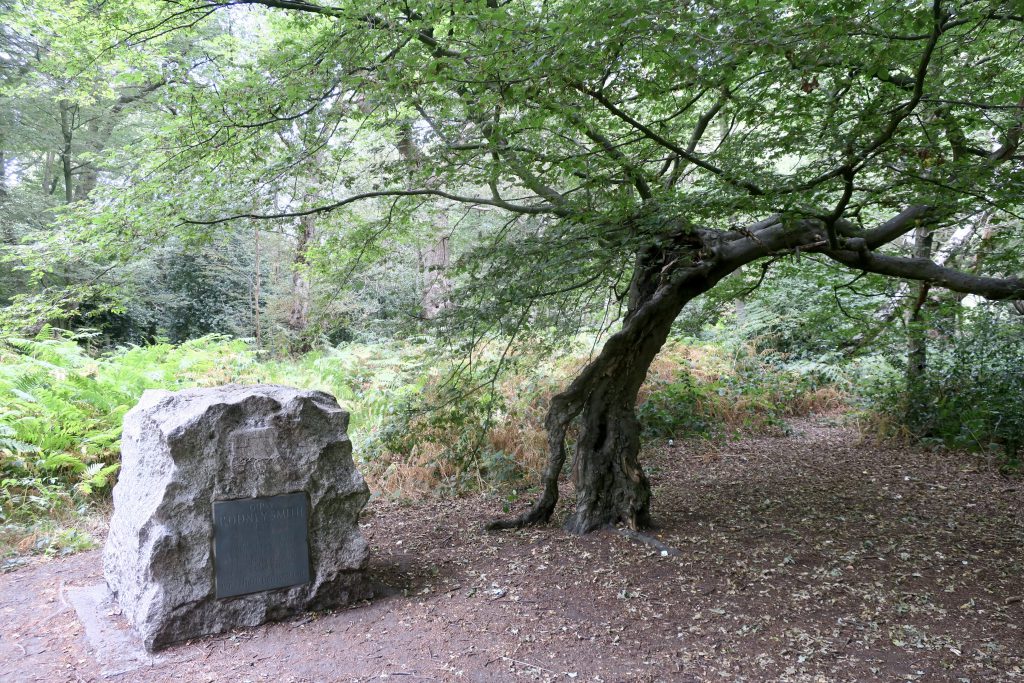
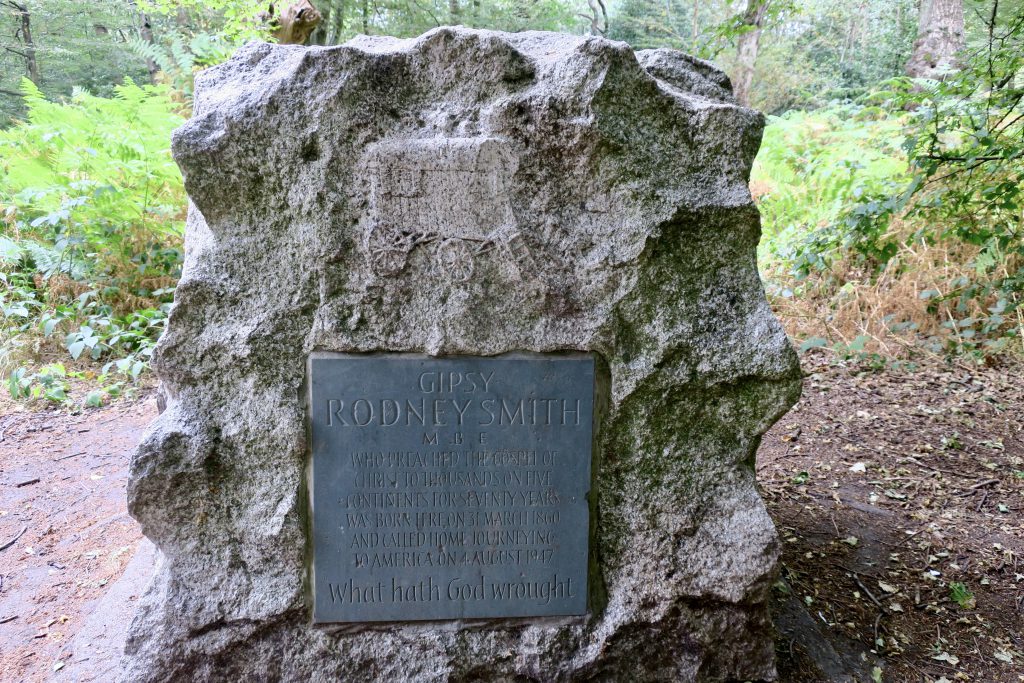
Over the bridge we’re into Walthamstow Forest and at Mill Plain there’s a commemorative stone for Gipsy Rodney Smith MBE who was born here in the forest in 1860 and who preached the gospel of Christ to thousands on five continents for seventy years – Rodney “Gipsy” Smith.
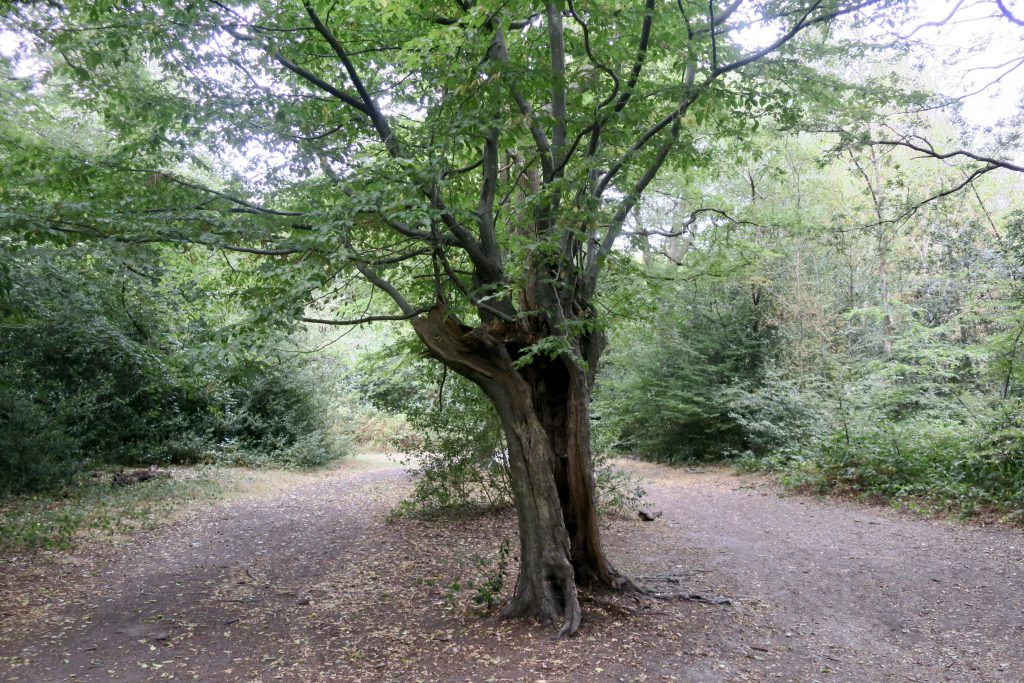
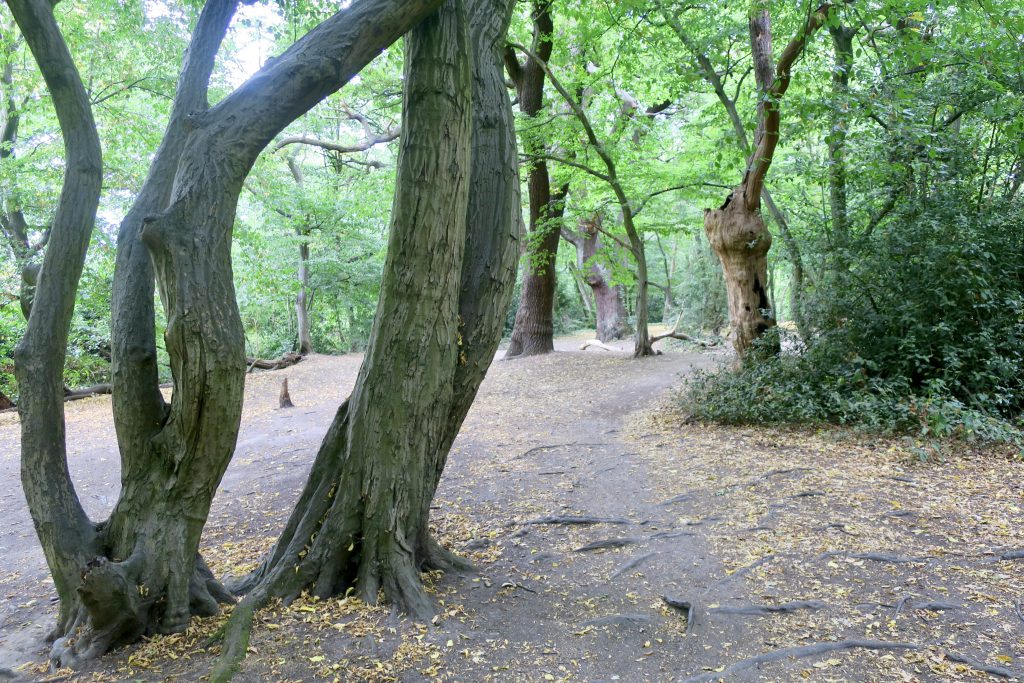
We continue north across Oak Hill and through a narrow strip of woodland known as The Sale, that divides Hale End and Woodford with mainly sinuous and sinewy hornbeams. They grow on a bare ground free of undergrowth, each twisted tree a different shape to its neighbour, like an arboreal alphabet of letterforms, spelling the forest, rhyming the seasons.
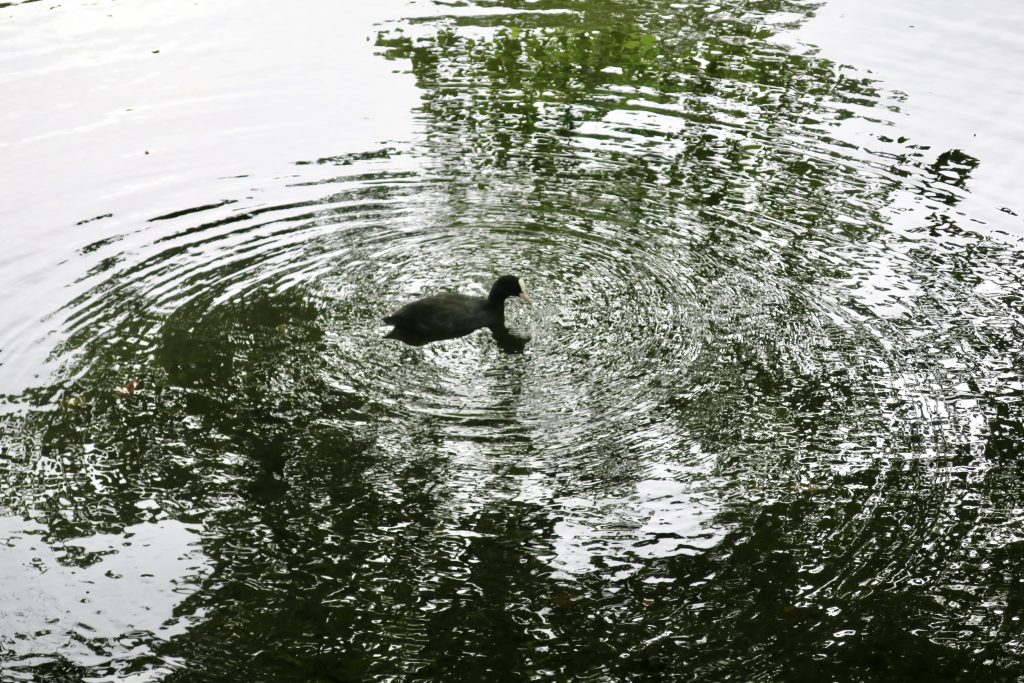
Below the wood lies Highams Park Lake, a stretch of vestigial forest that feels more like a municipal green space, but still retains a few ancient oaks.

Highams Park Lake was once part of the “Highams Estate” and was created by the famous landscape designer Humphry Repton, in 1794, as part of the grand landscaping around the former manor house.
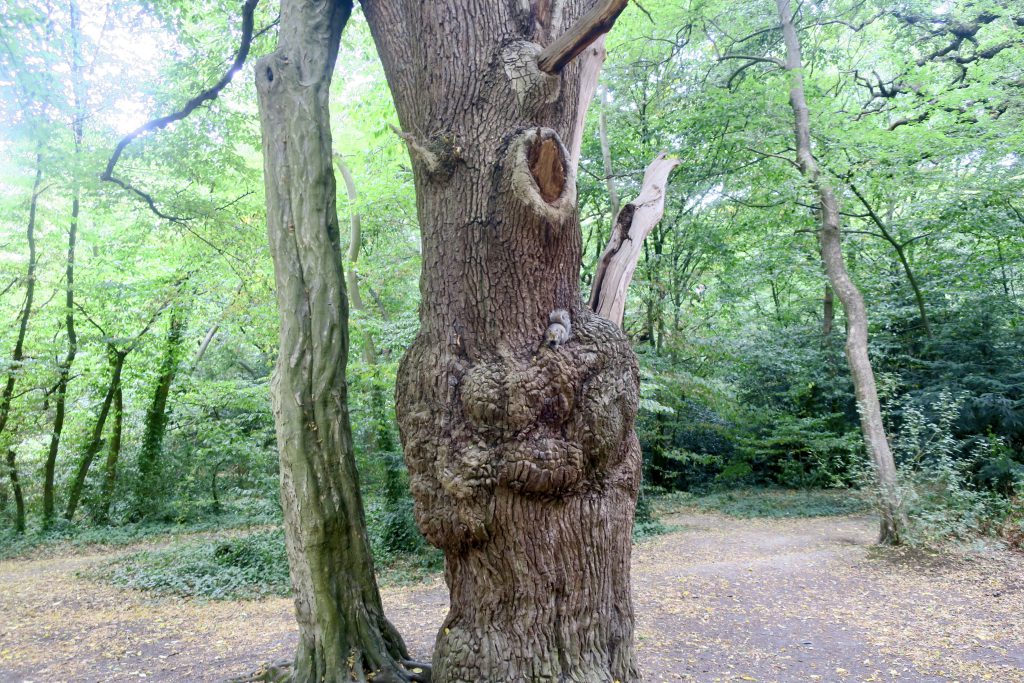
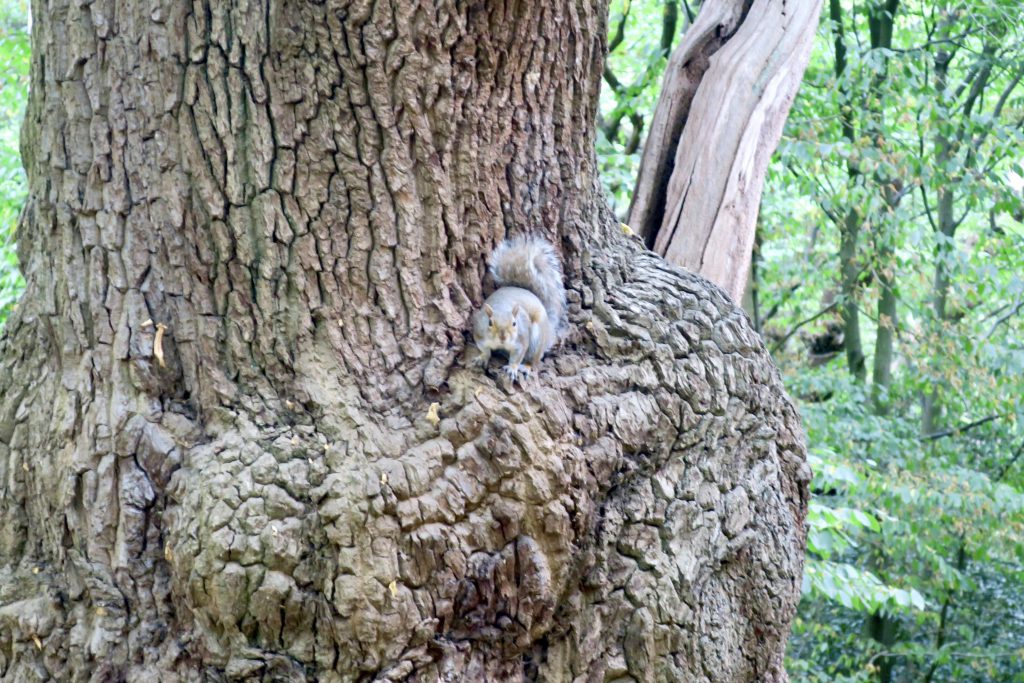
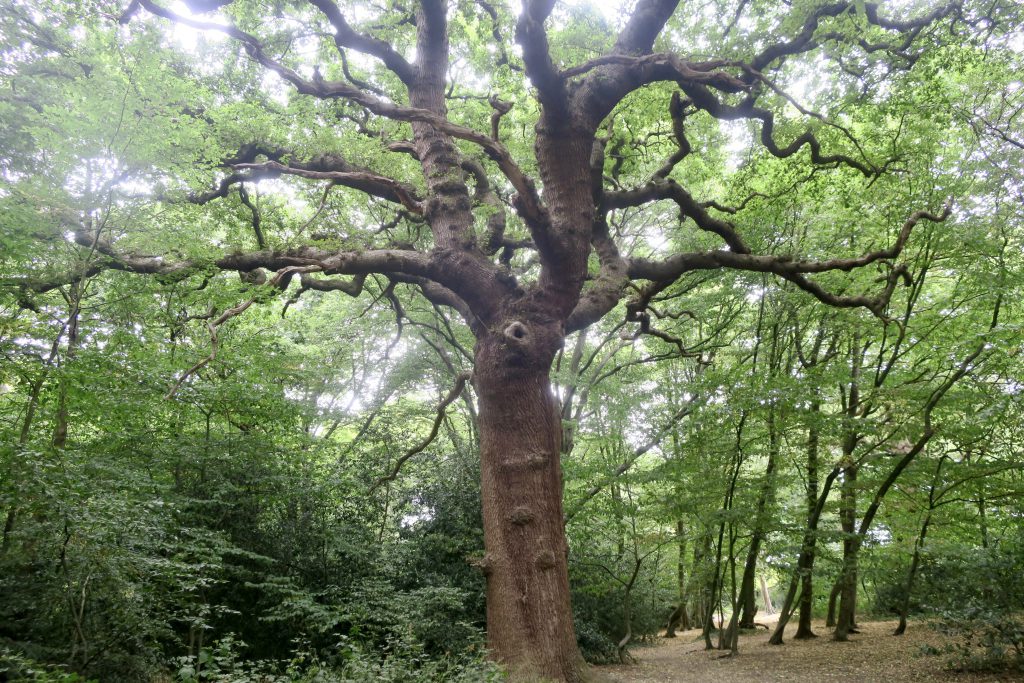
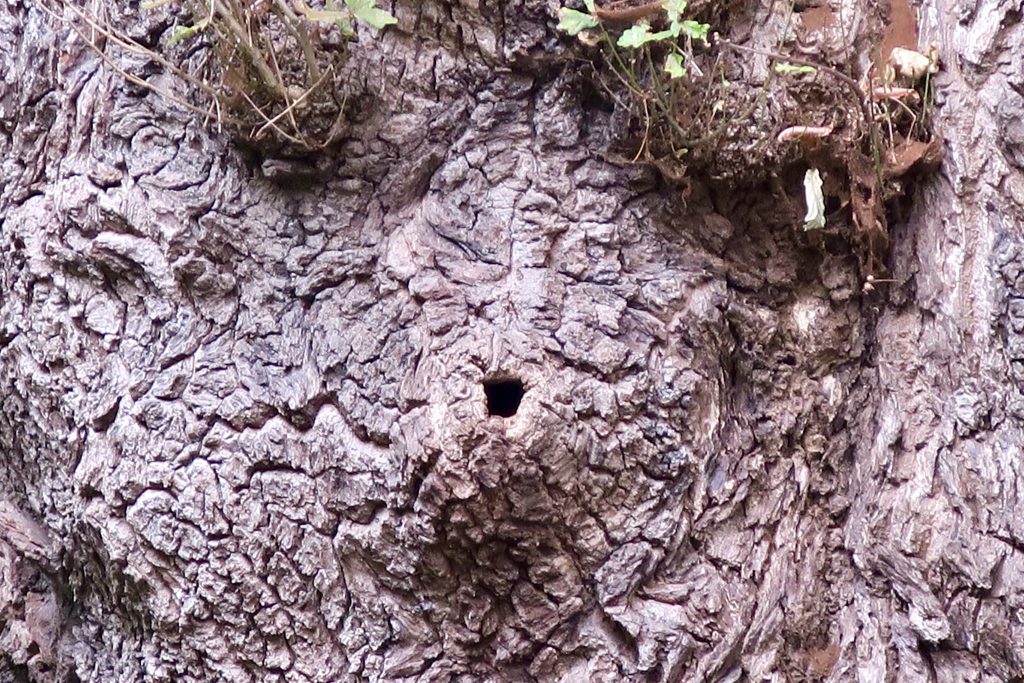
Craquelure of oak bark and the ground underfoot.
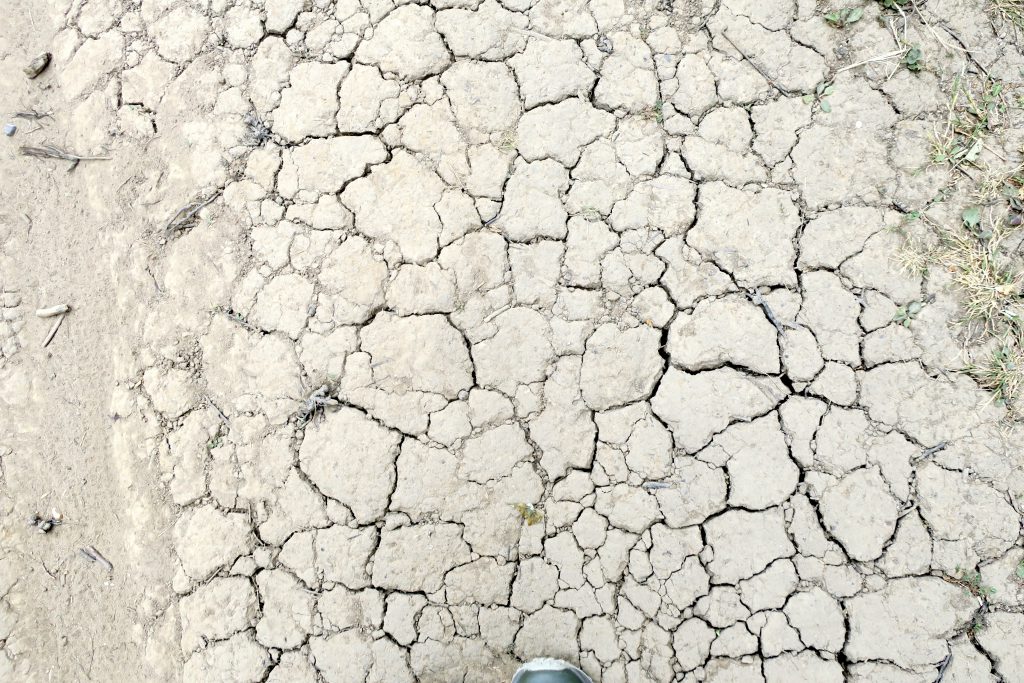
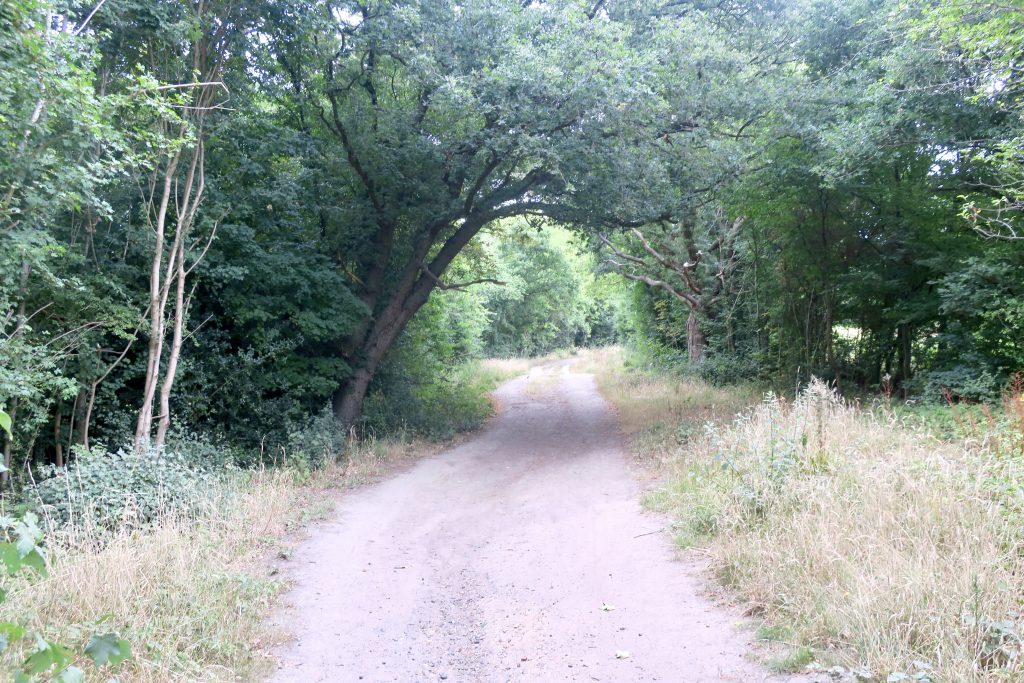
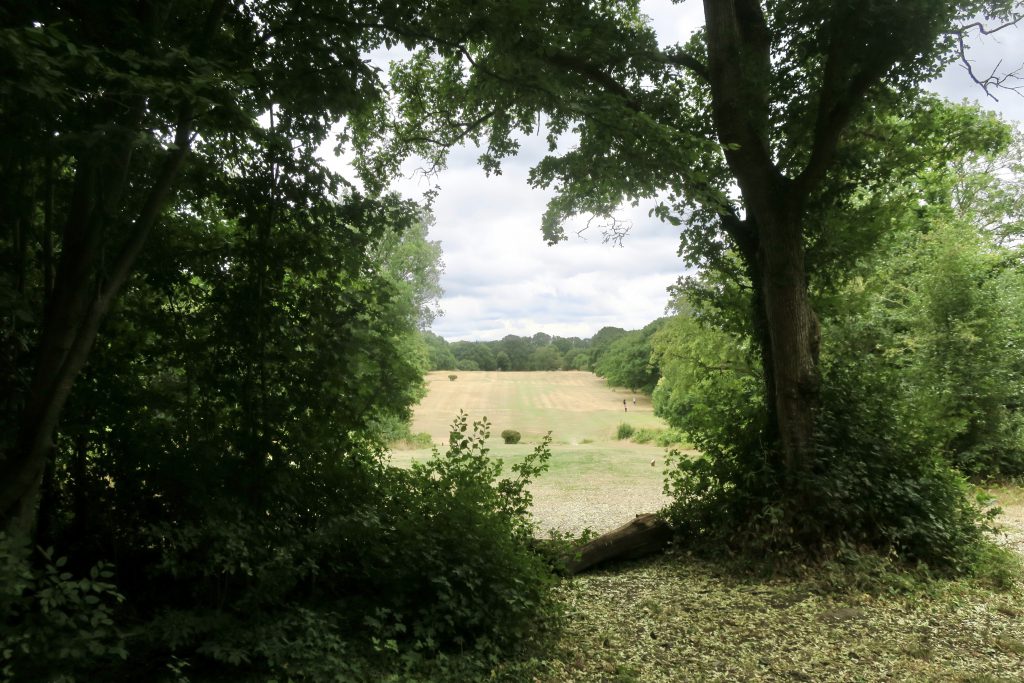
We cross Chingford Lane to Hatch Plain, then Hatch Grove and Hatch Forest, all along the edge of Woodford Golf Course and the River Ching.
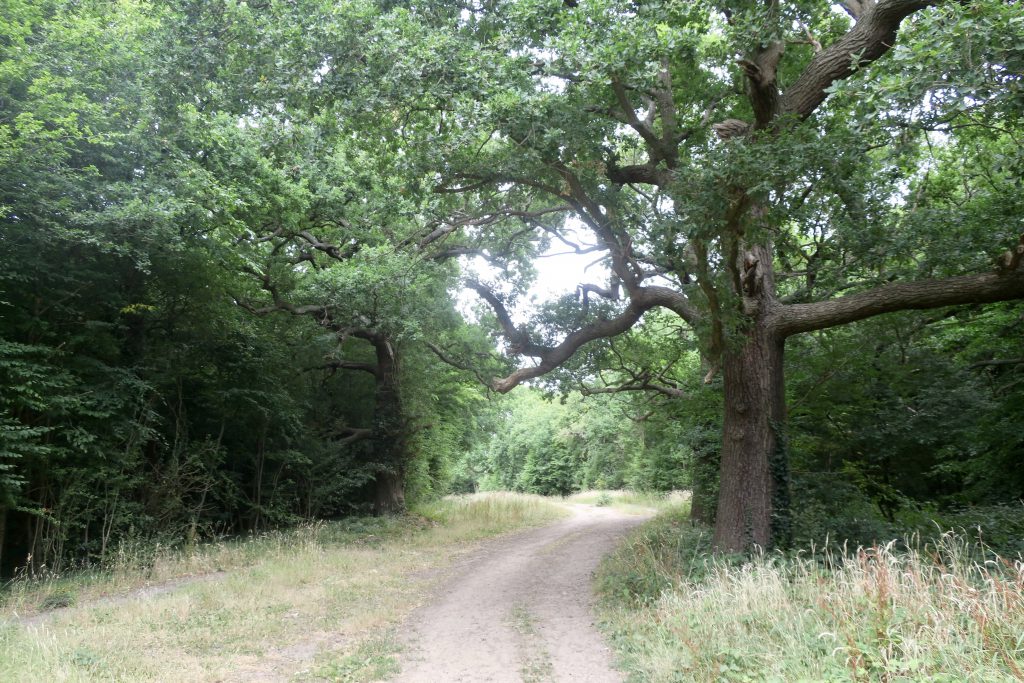
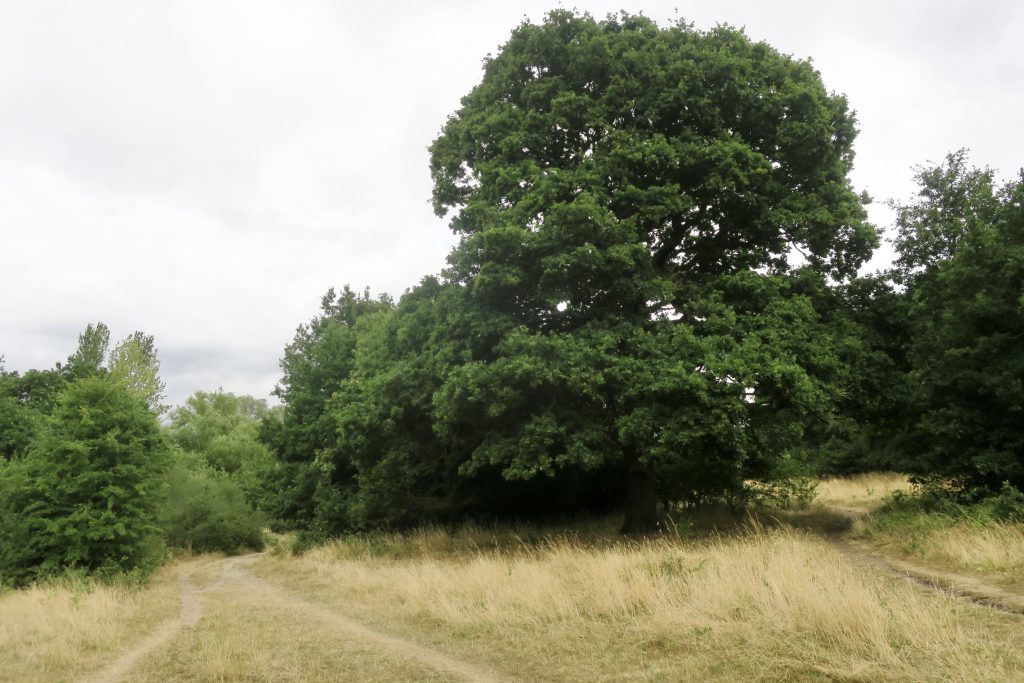
Over Whitehall Road and up to Whitehall Plain where it all begins to feel more familiar. We walked here more recently, and we’re in luck today.
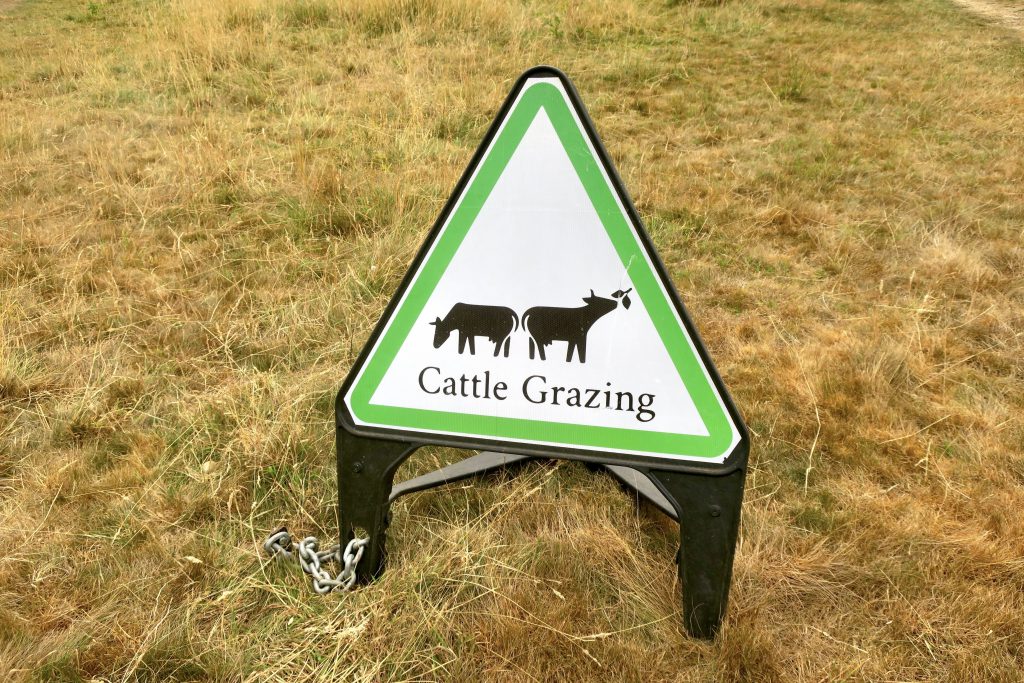
We’ve got the longhorns for company.

Back in the day, when we first walked up the forest from Leytonstone, there were lots more cows to be seen. They roamed the roads as well as the woods. We would often wake to find a cow in the front garden, and a trail of cowpats all down the street – a state of affairs well documented by Karen Humpage in her recent academic study entitled Common or Garden Cows. I remember seeing them often grazing on Whipps Cross Roundabout, despite cattle grids on many of the surrounding roads. Wood pasture has shaped Epping Forest and there was a right of common grazing until the end of the 20th century, when sadly, restrictions were introduced because of BSE.
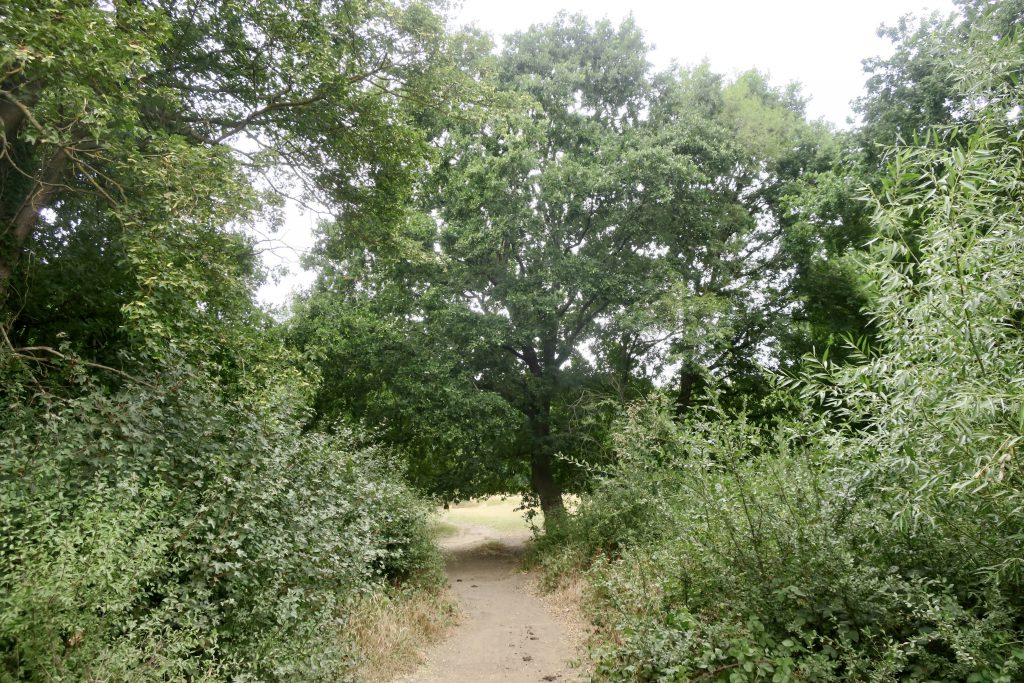
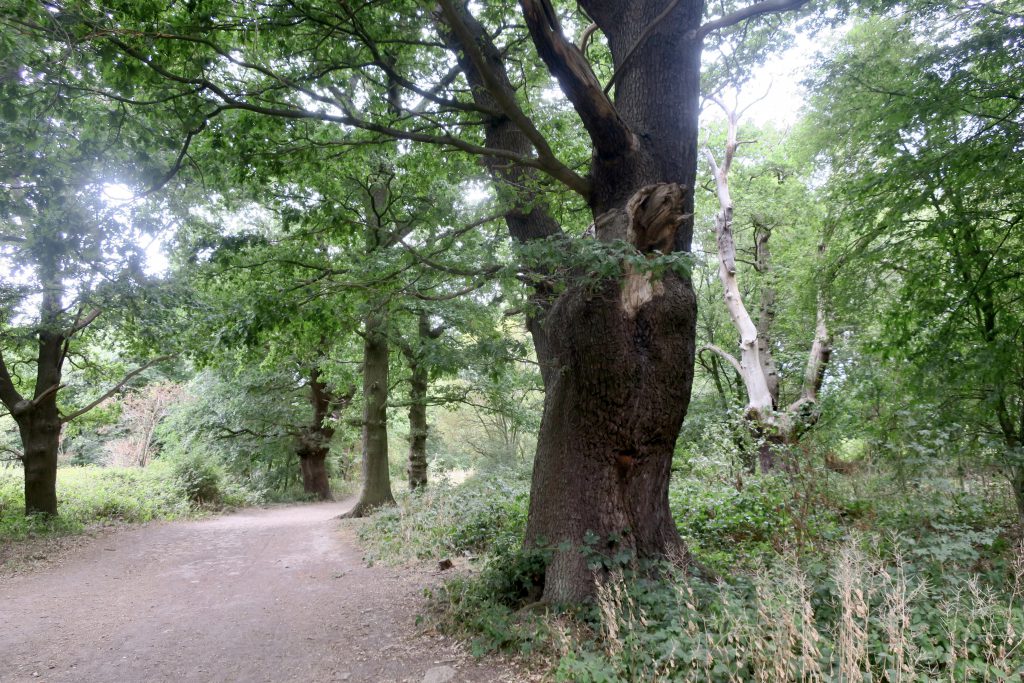
We followed the path uphill to the ancient oaks of Barn Hoppitt.
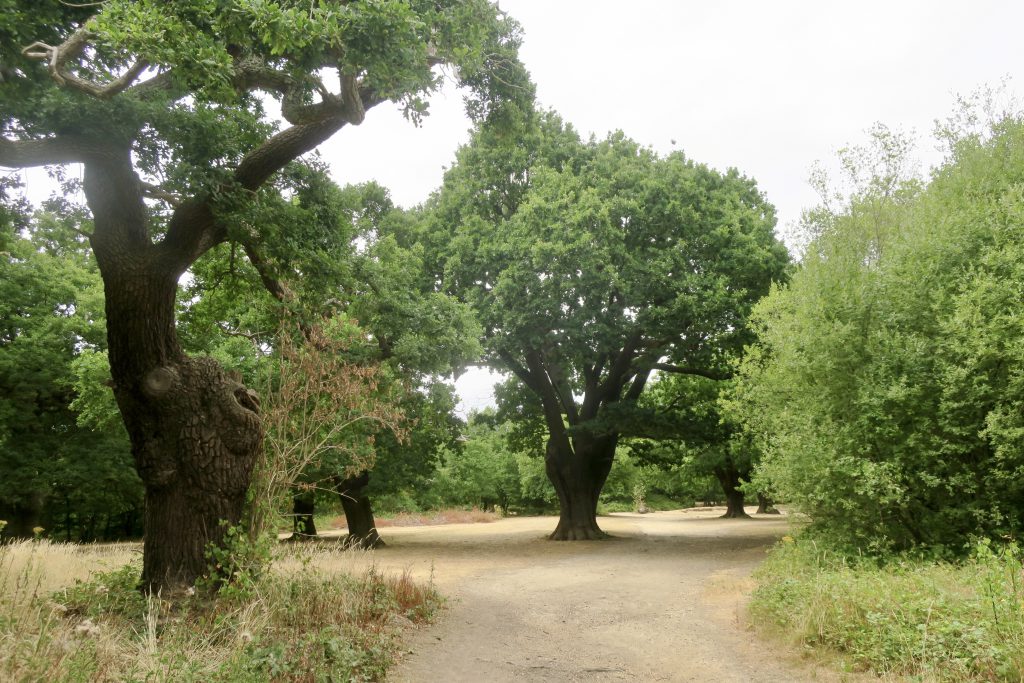
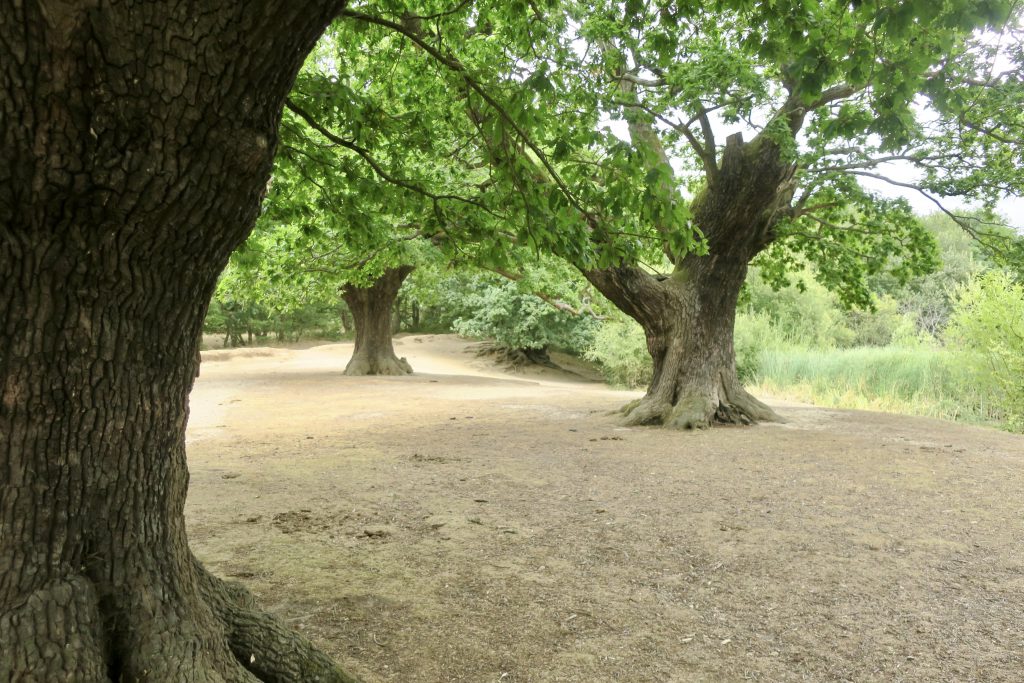
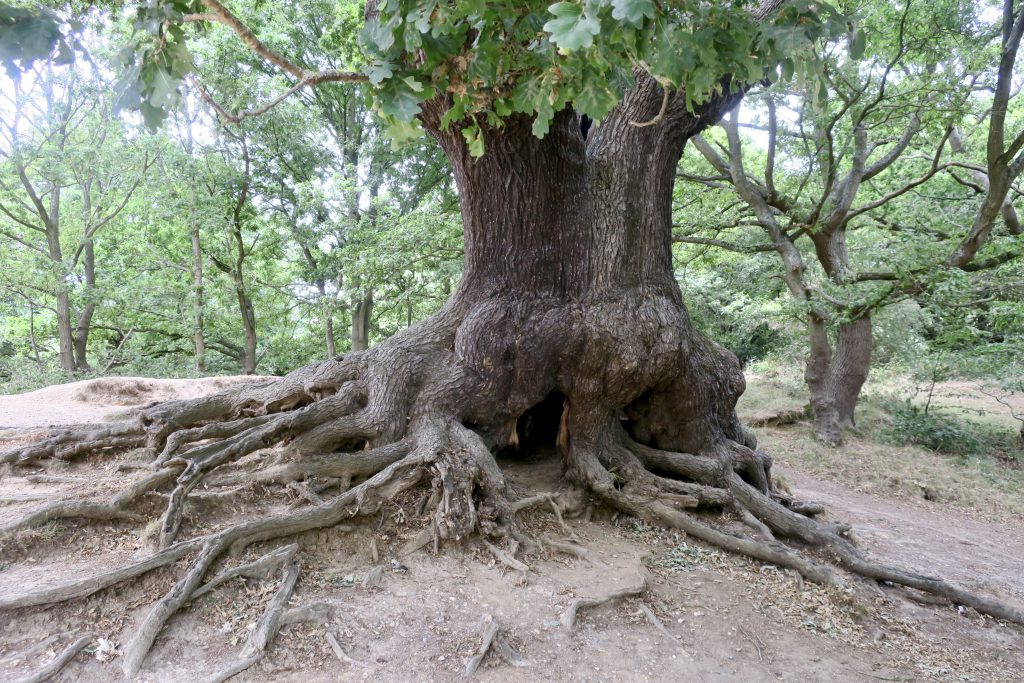
And the hollow oak at Warren Pond, another portal to the dreamworld.
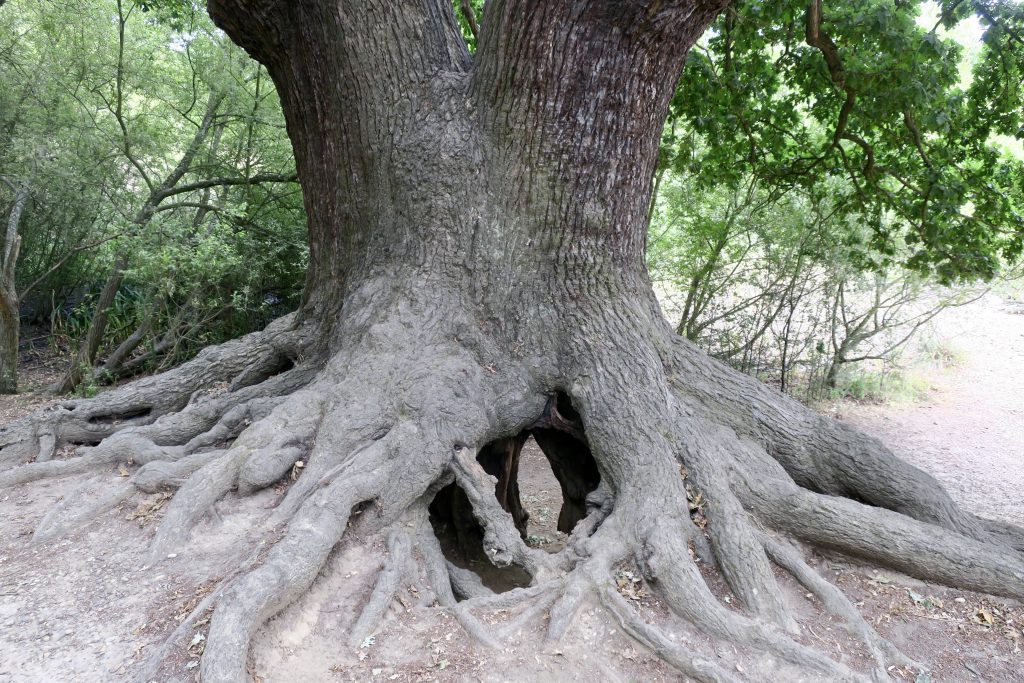
But we resisted its charms and before long we found ourselves back at Butlers Retreat (where we began our previous walk), just in time for tea.
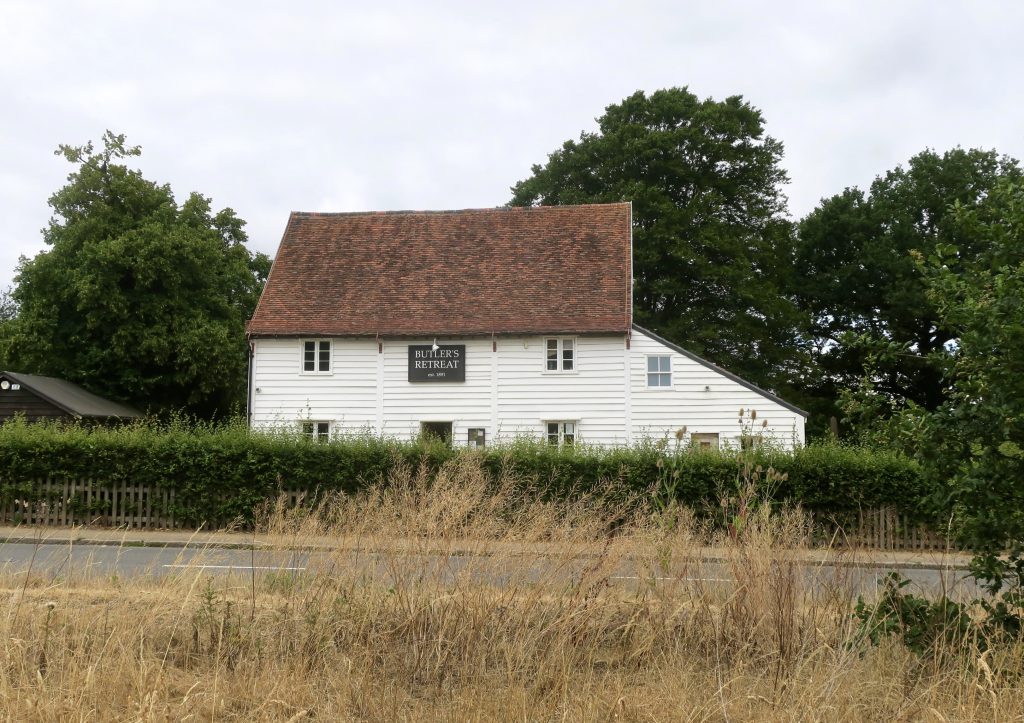
It seemed a suitable place to end our walk, but it was a long way from where we started. How best to get back? Chingford station was just down the hill, and my Freedom Pass was in my pocket! We got the train to Wood Street in Walthamstow then walked back to Hollow Pond. I wish I’d thought of that!

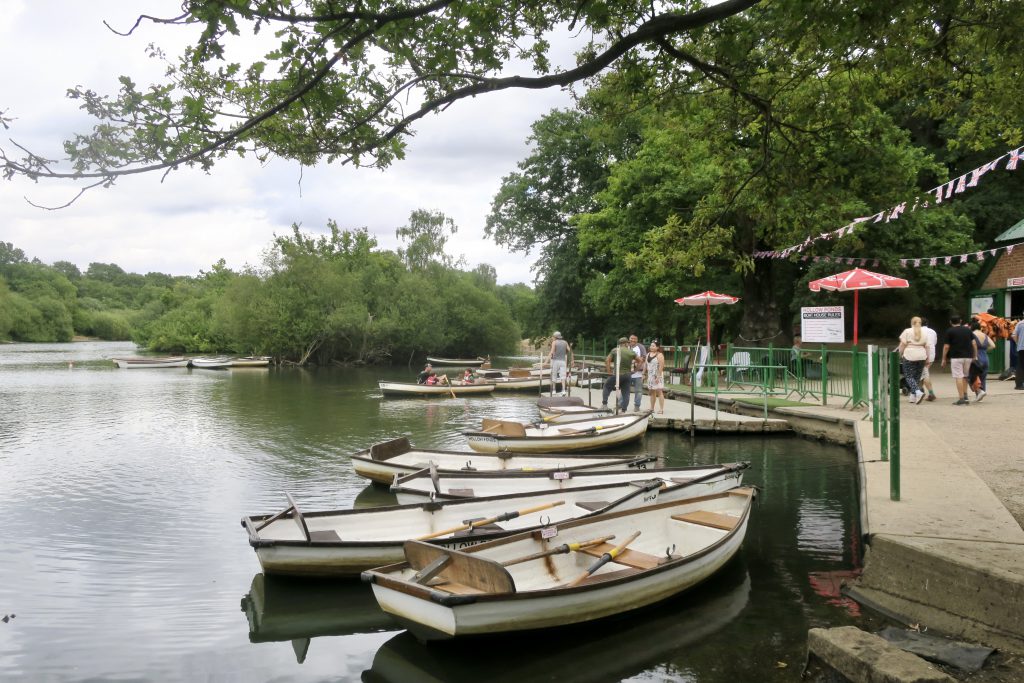
The boats were waiting and I asked Sue if I could take her for a quick spin around the pond for old times’ sake. Don’t be silly, she said, we’ve got to get home for the UEFA Women’s Euro 2022 Final! OK, fair enough, I said.
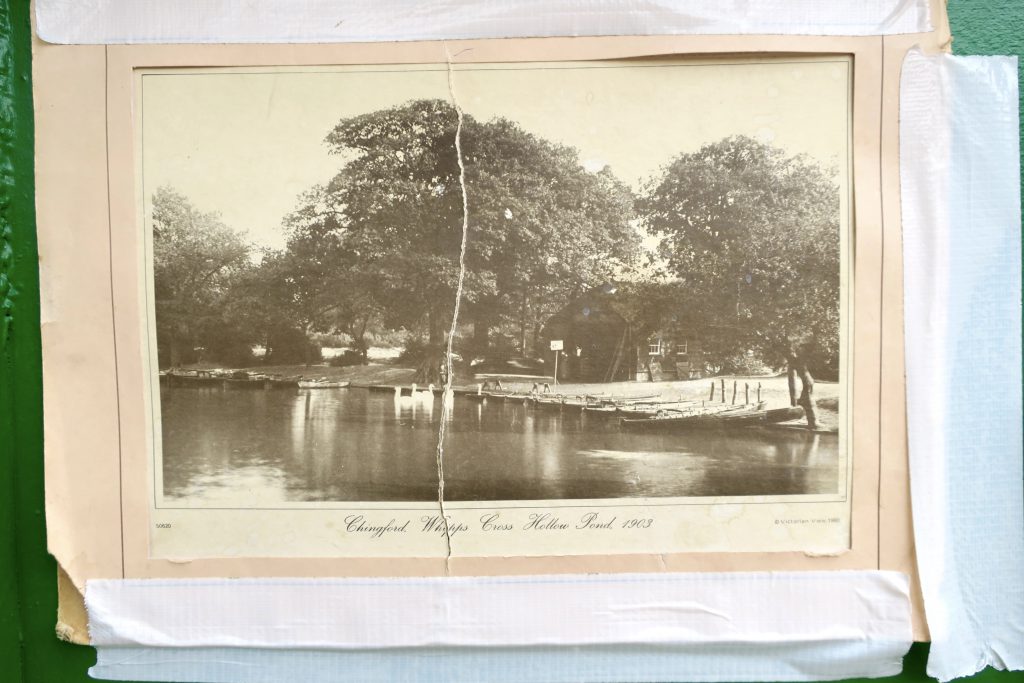
※


Hello!
Good luck 🙂